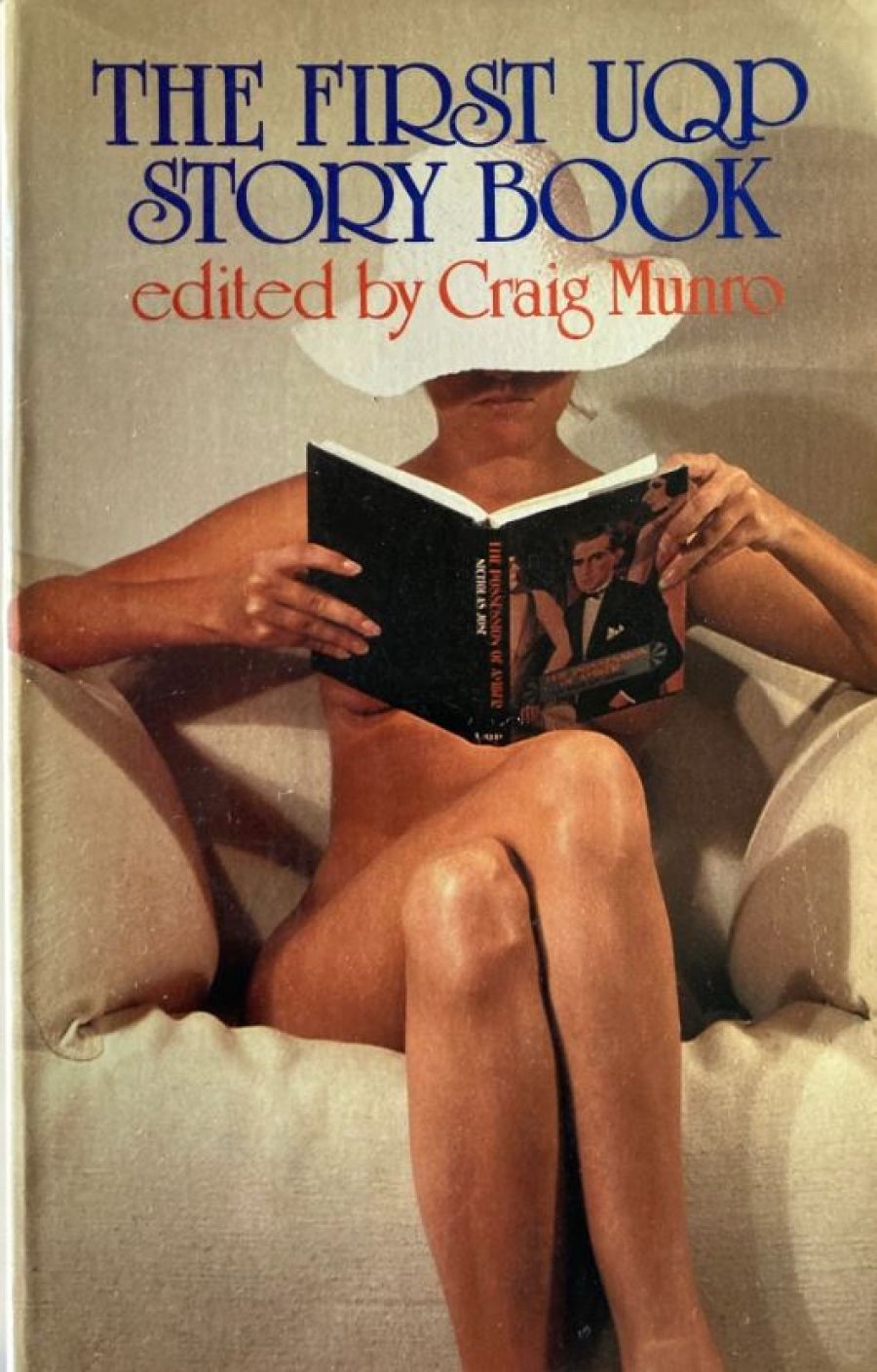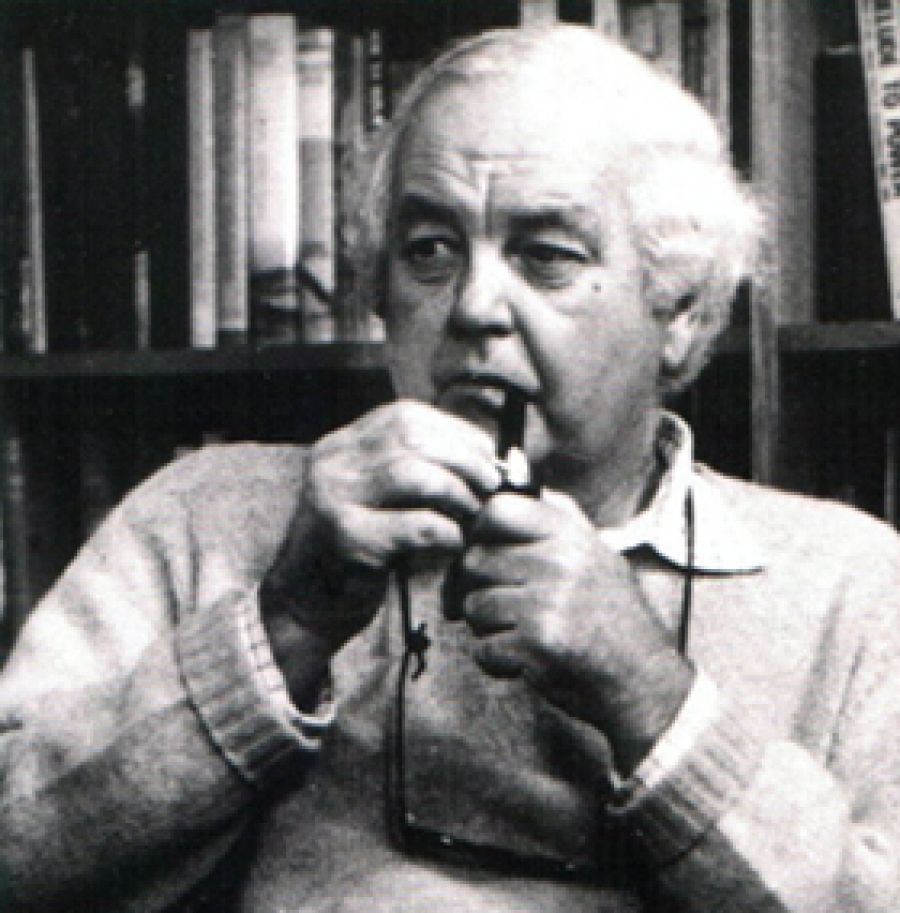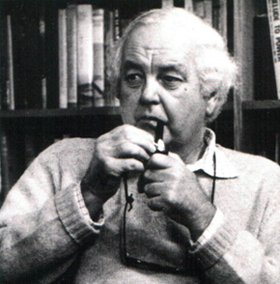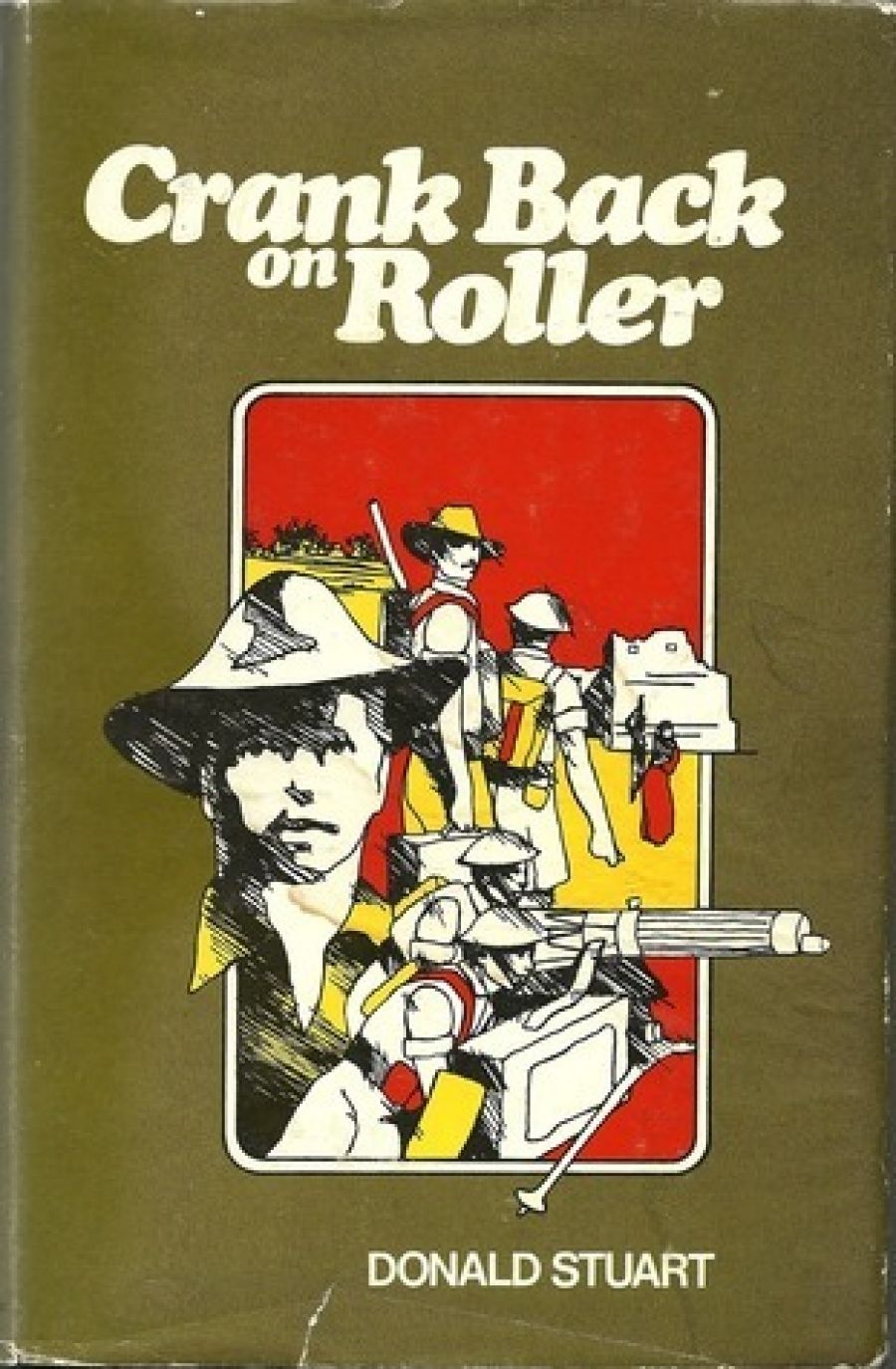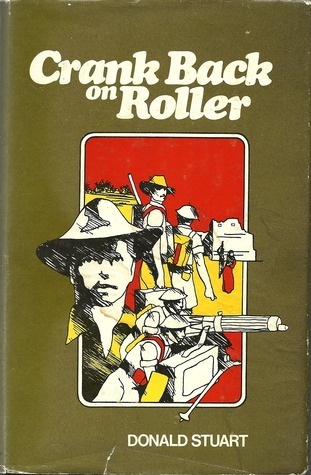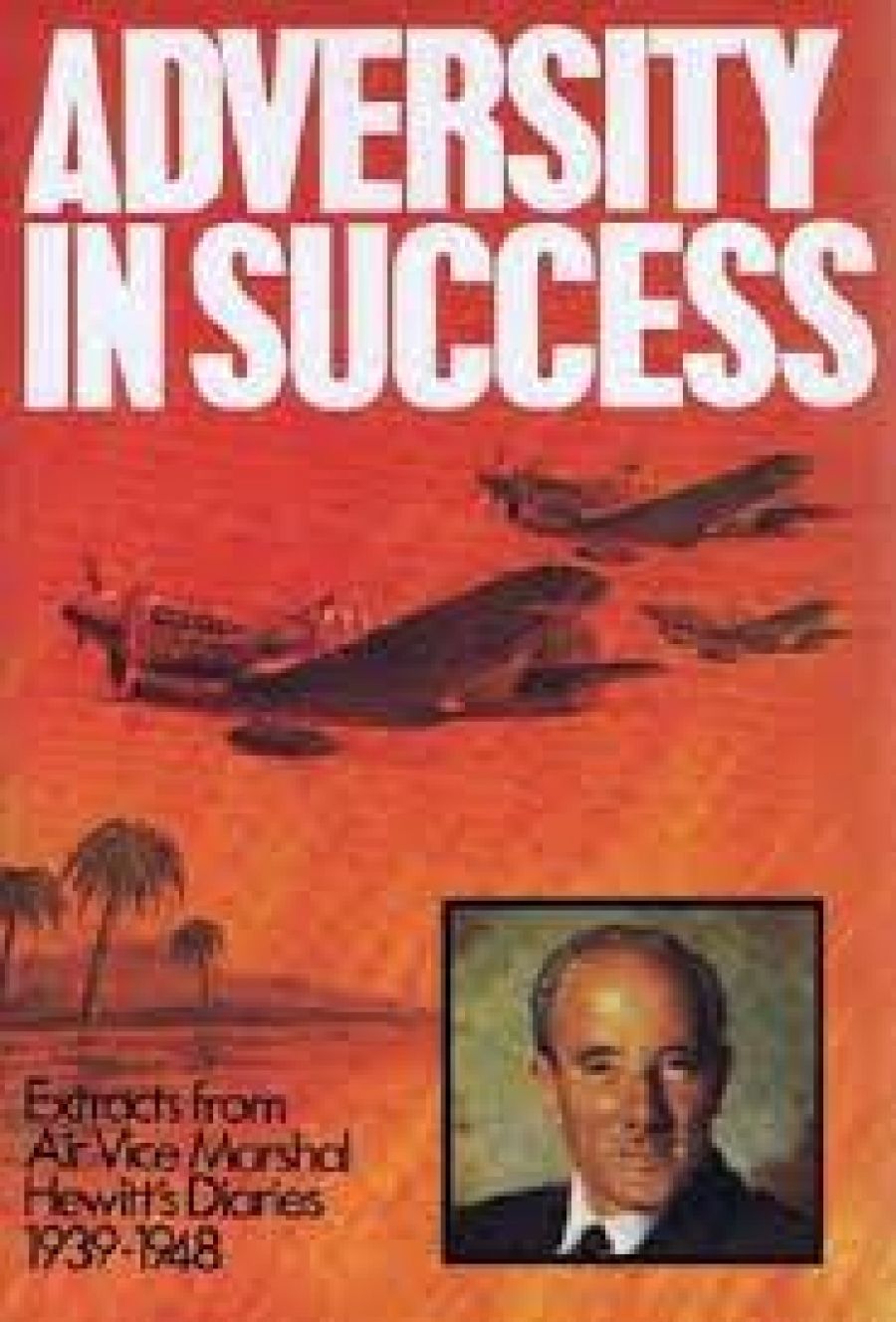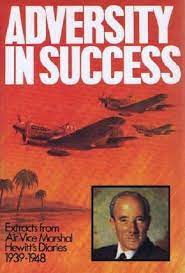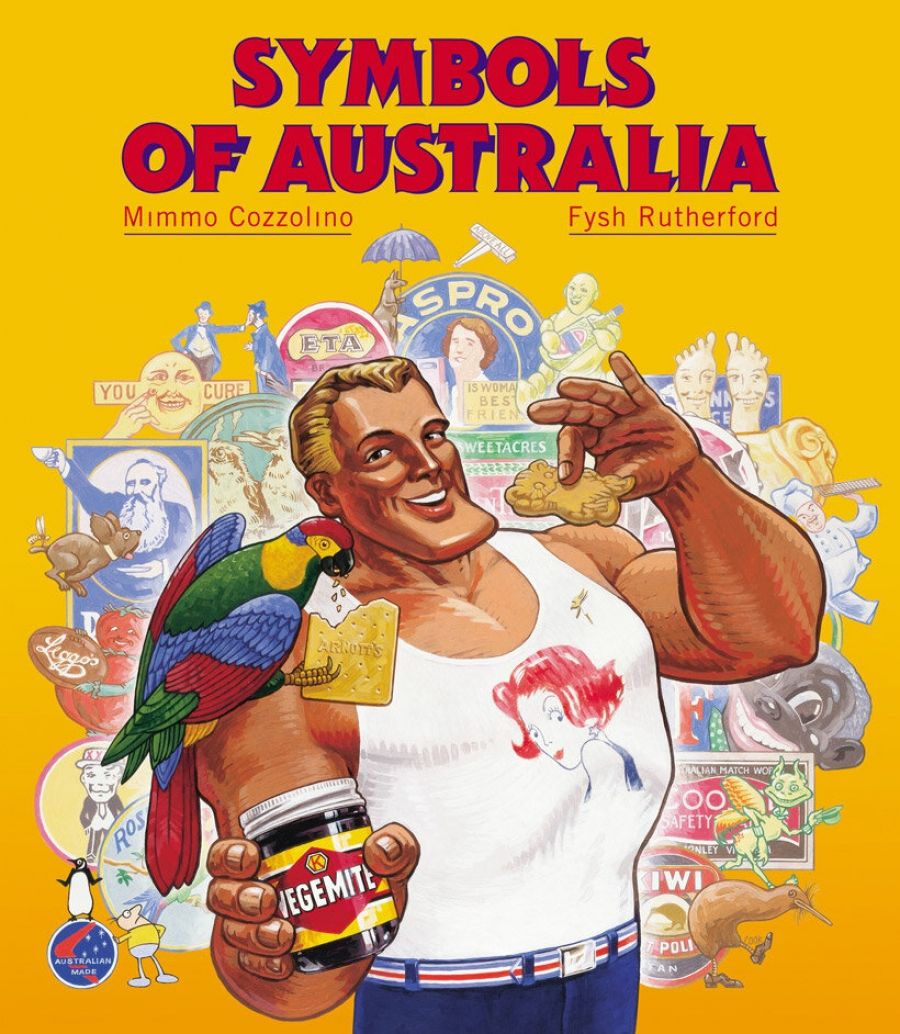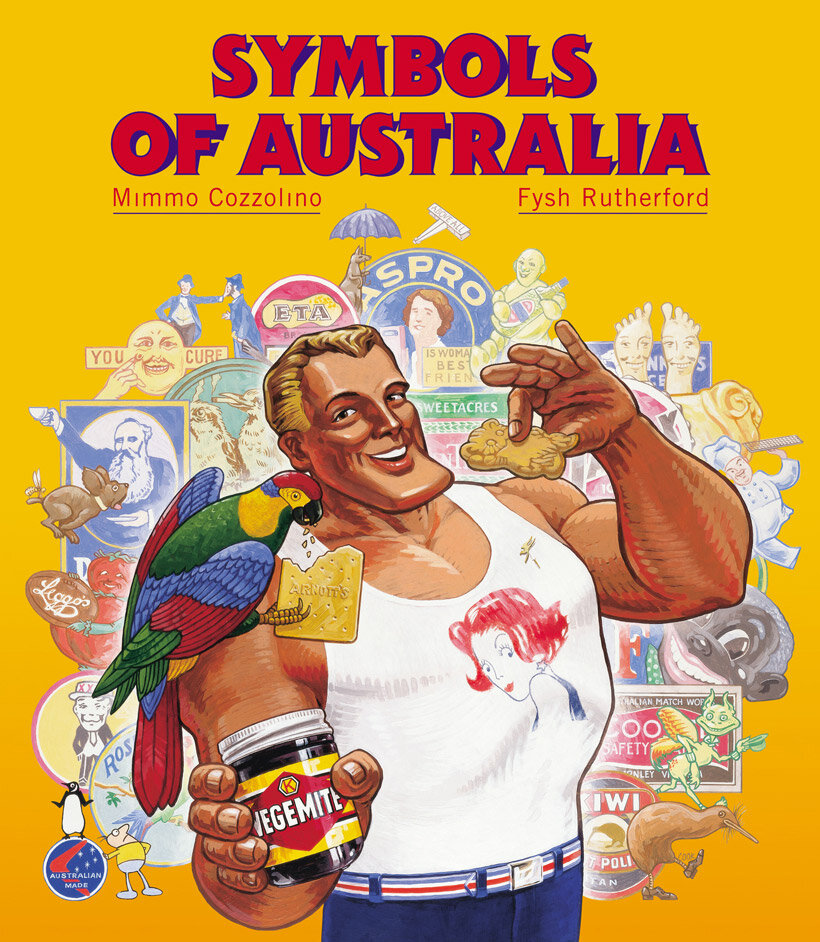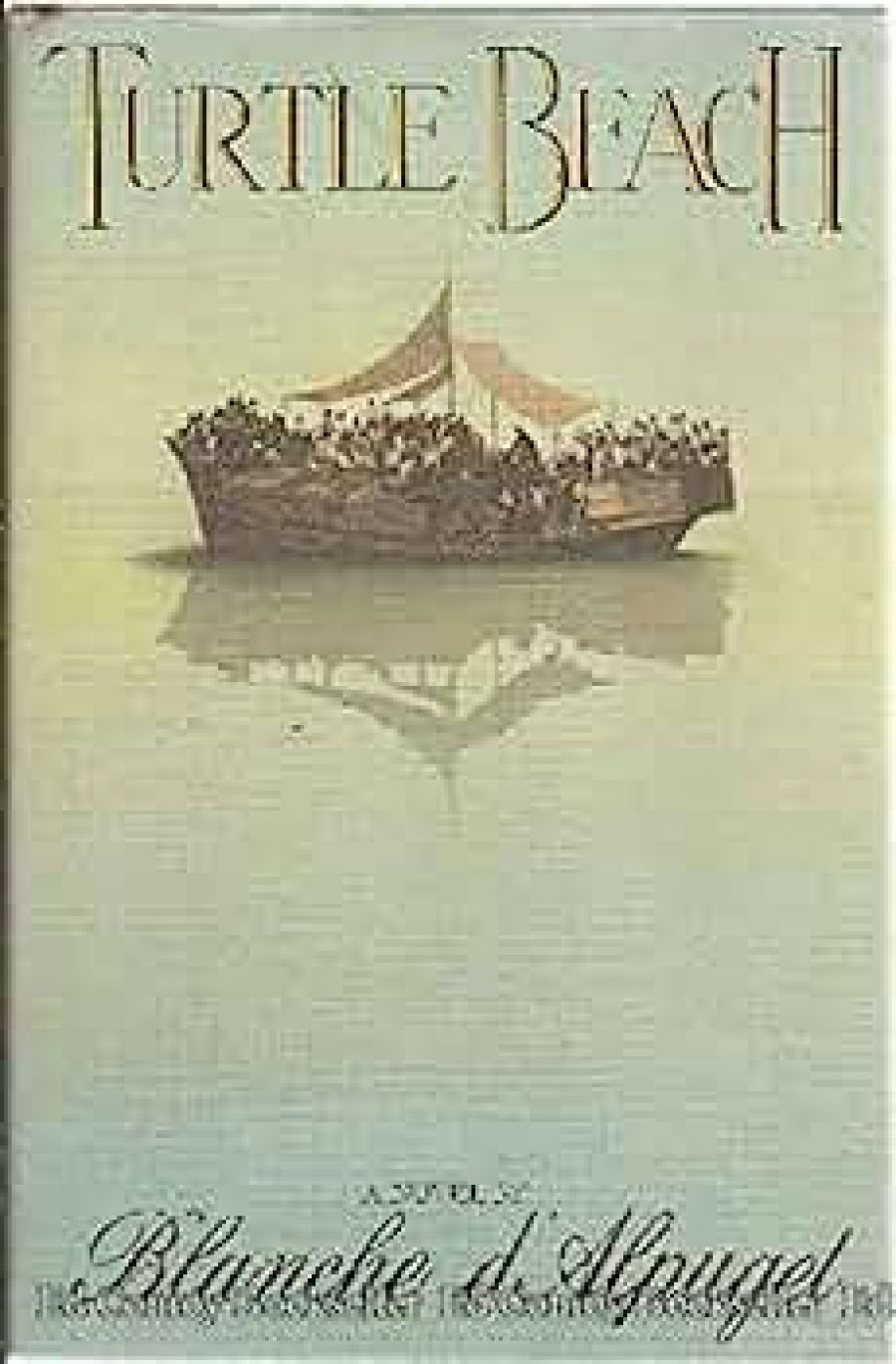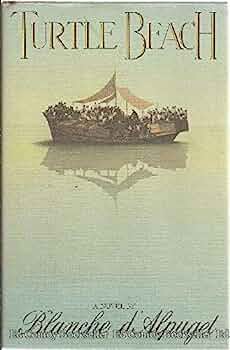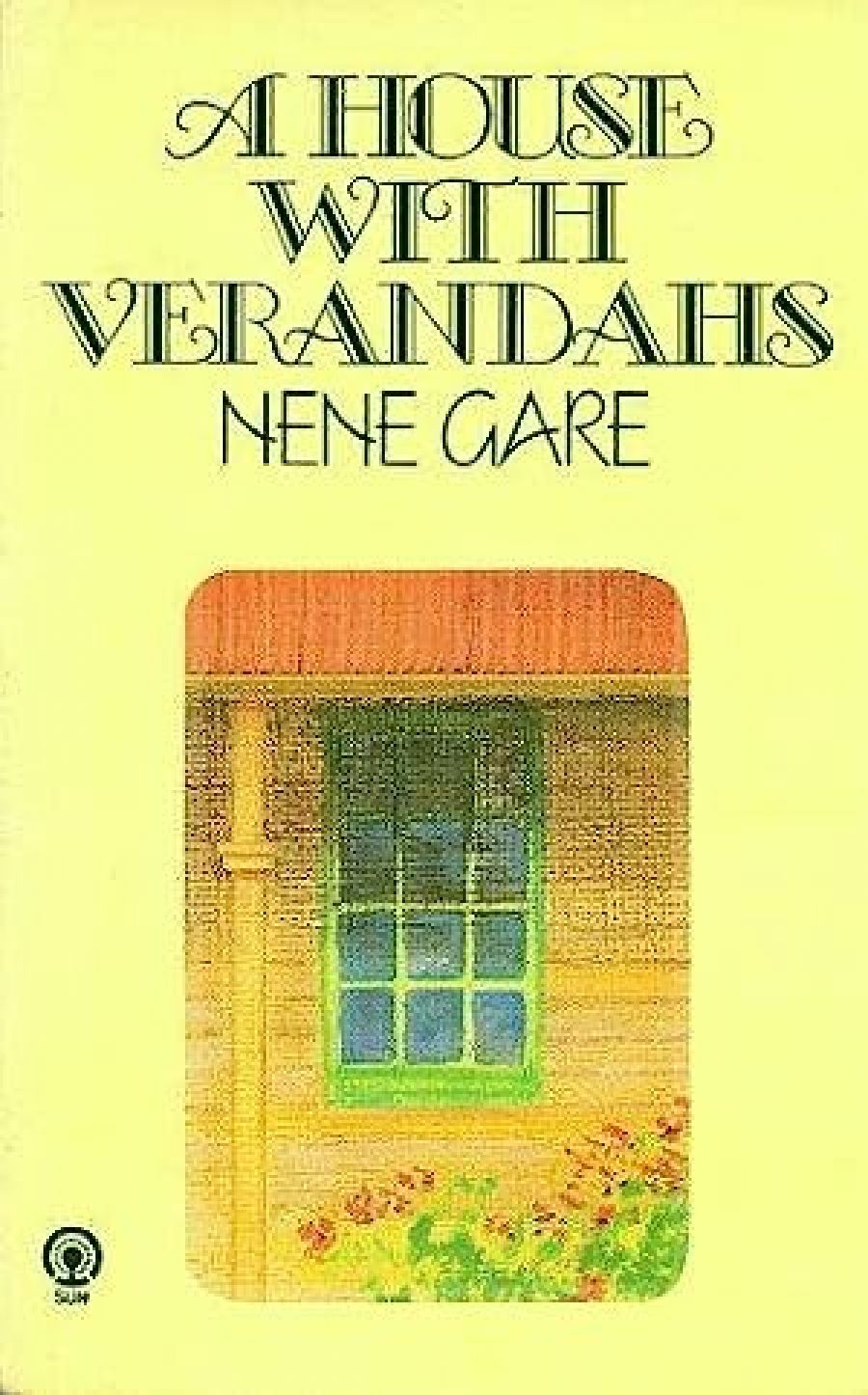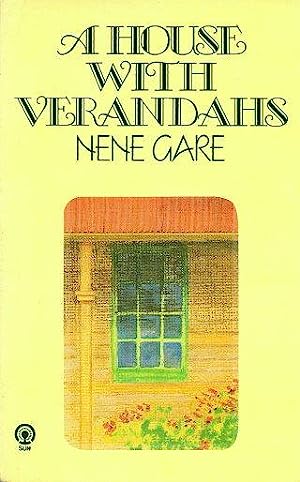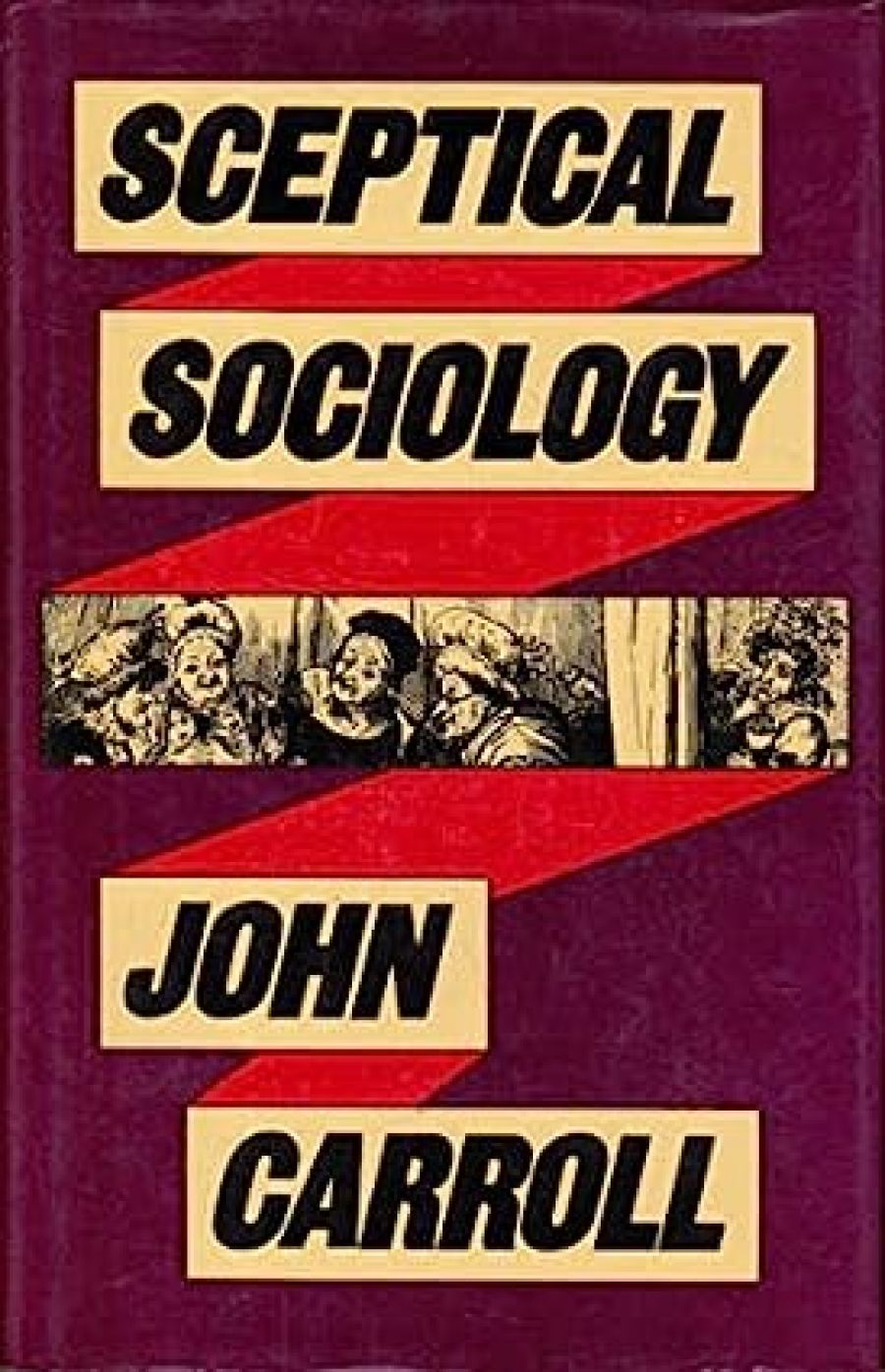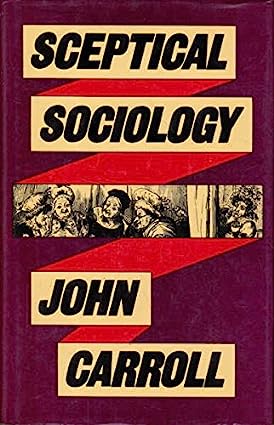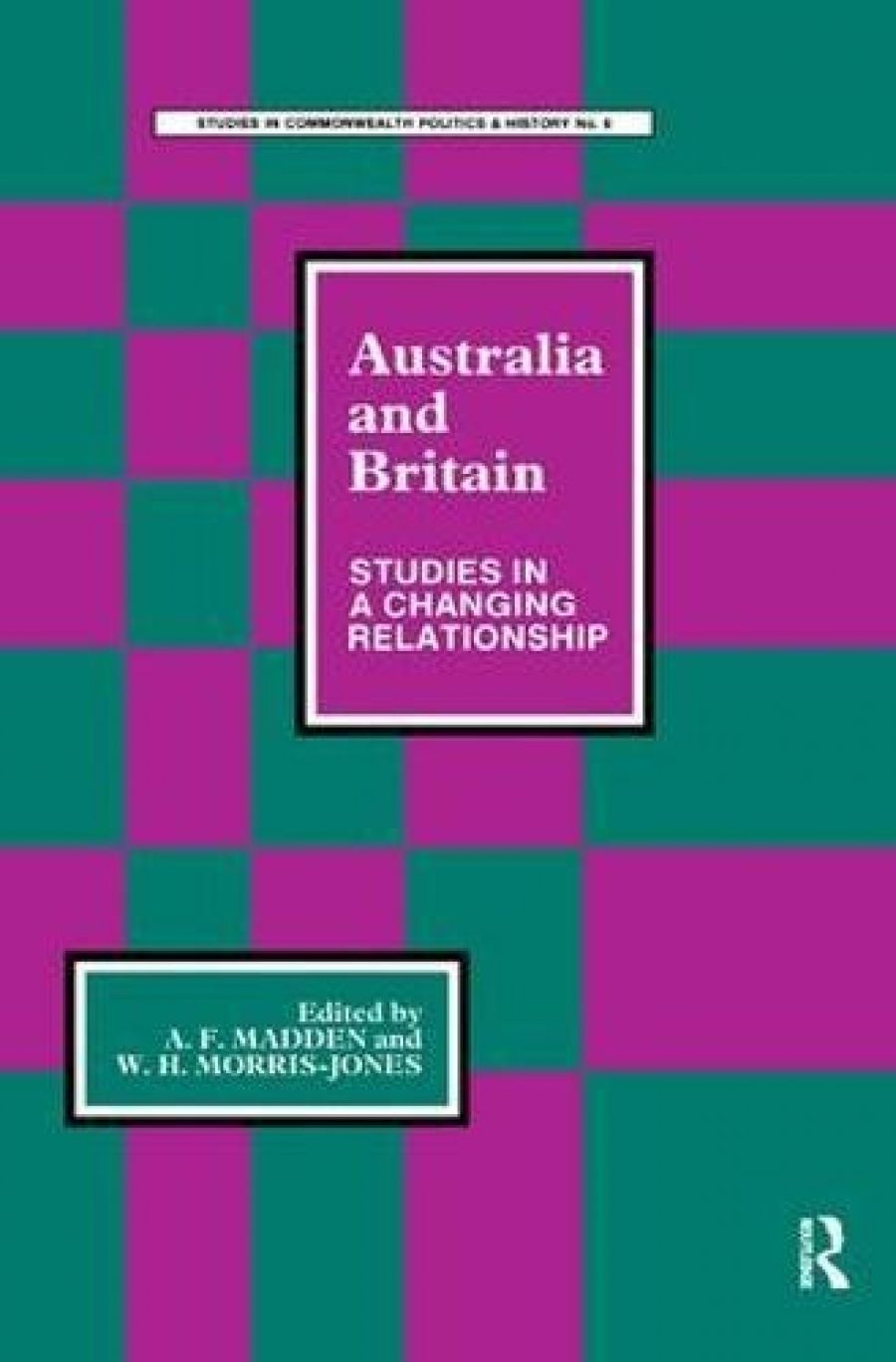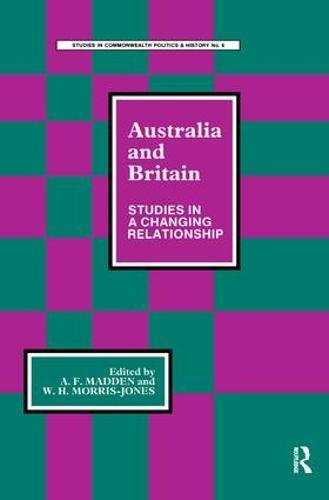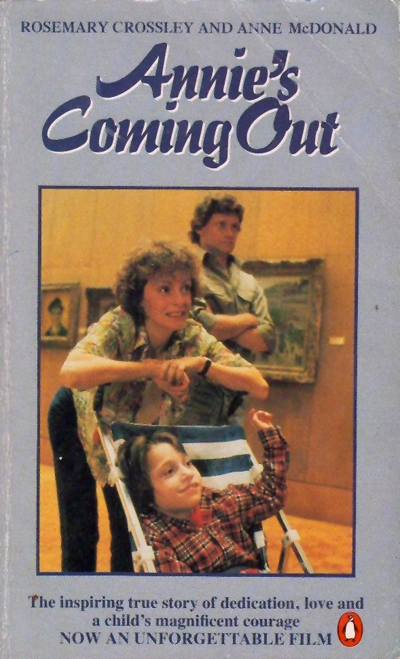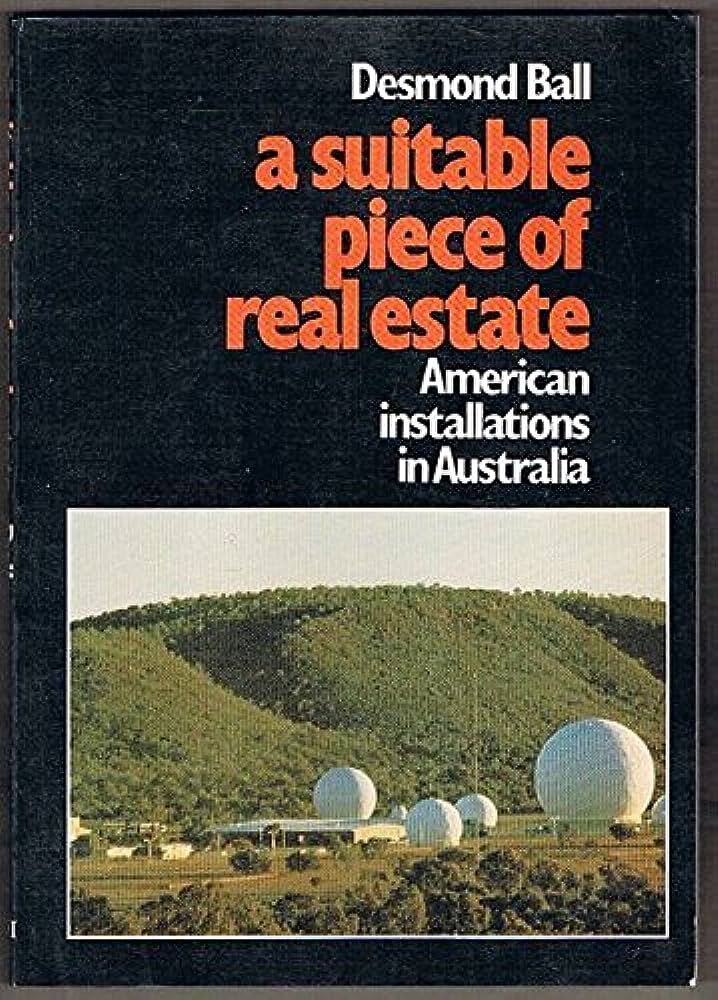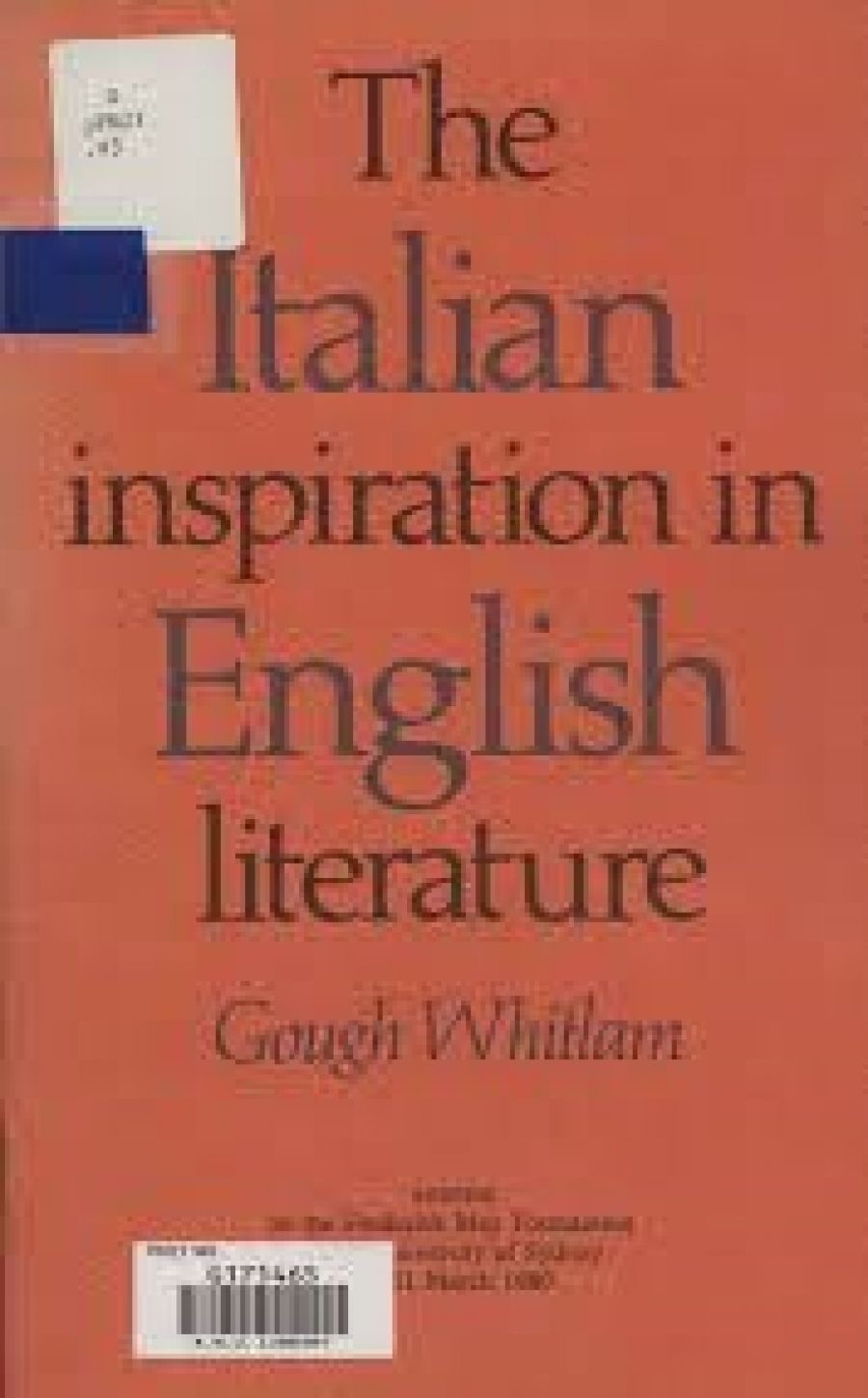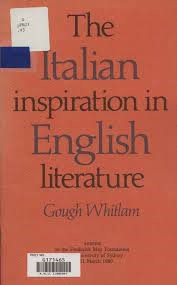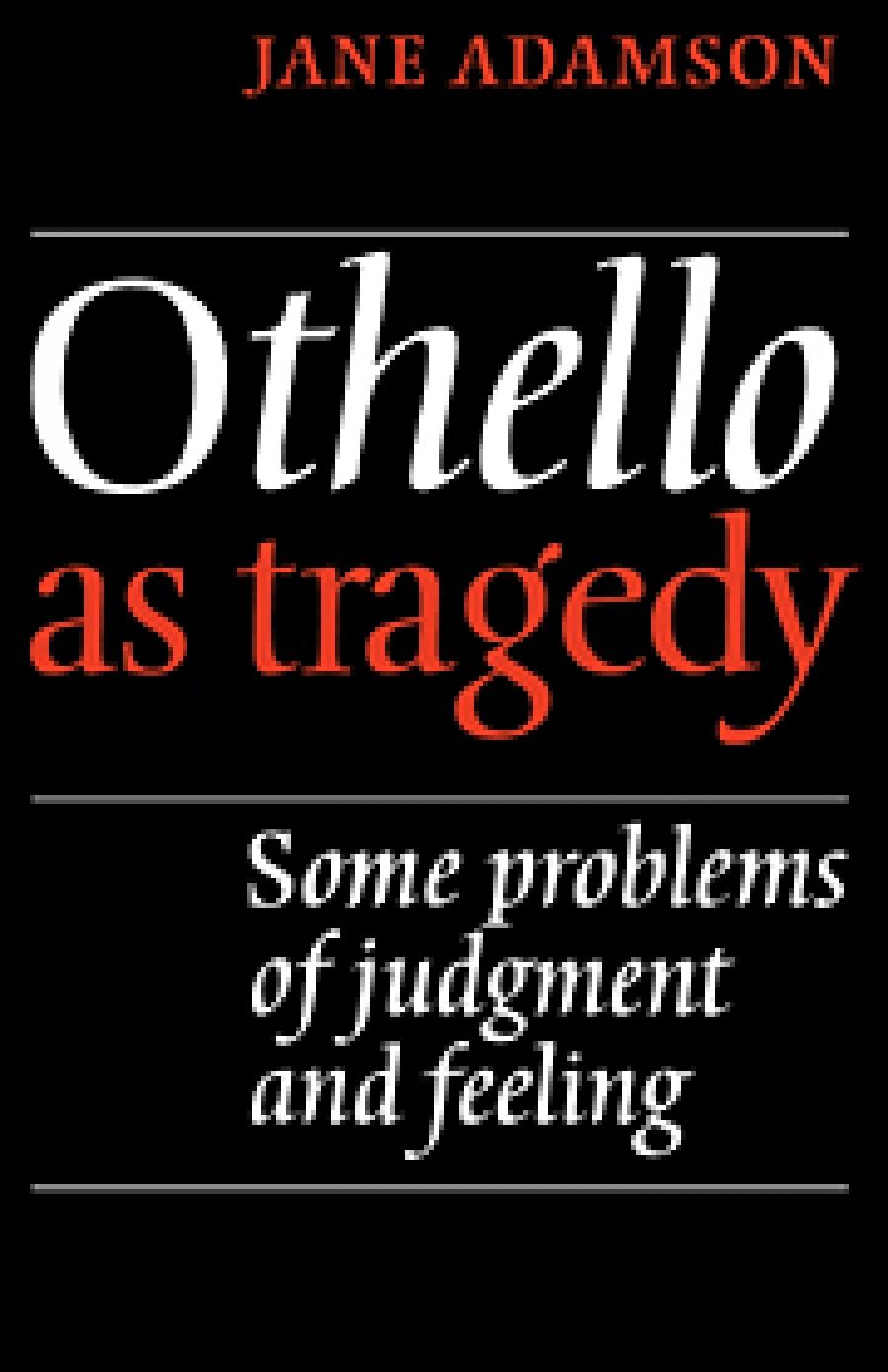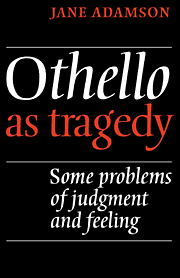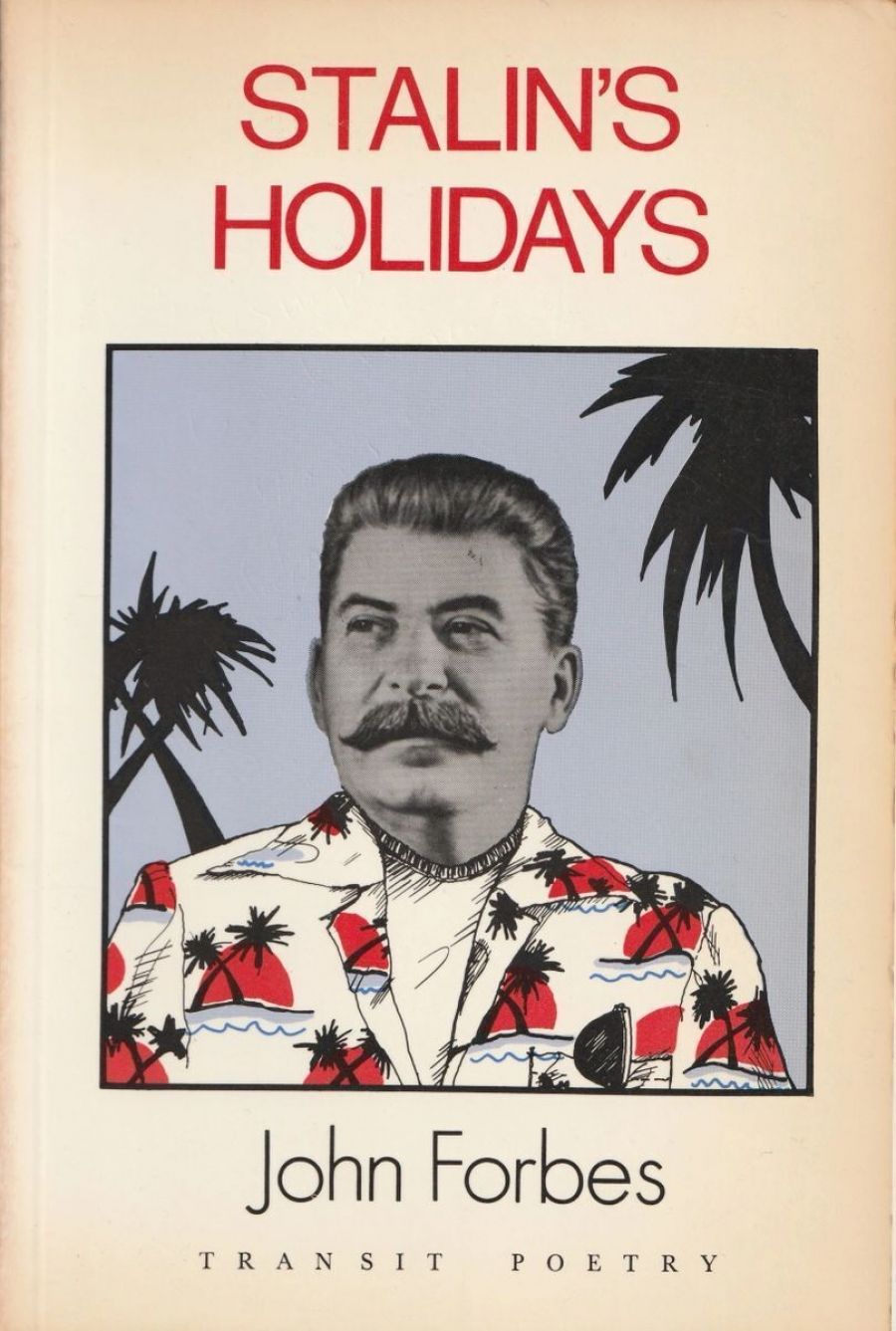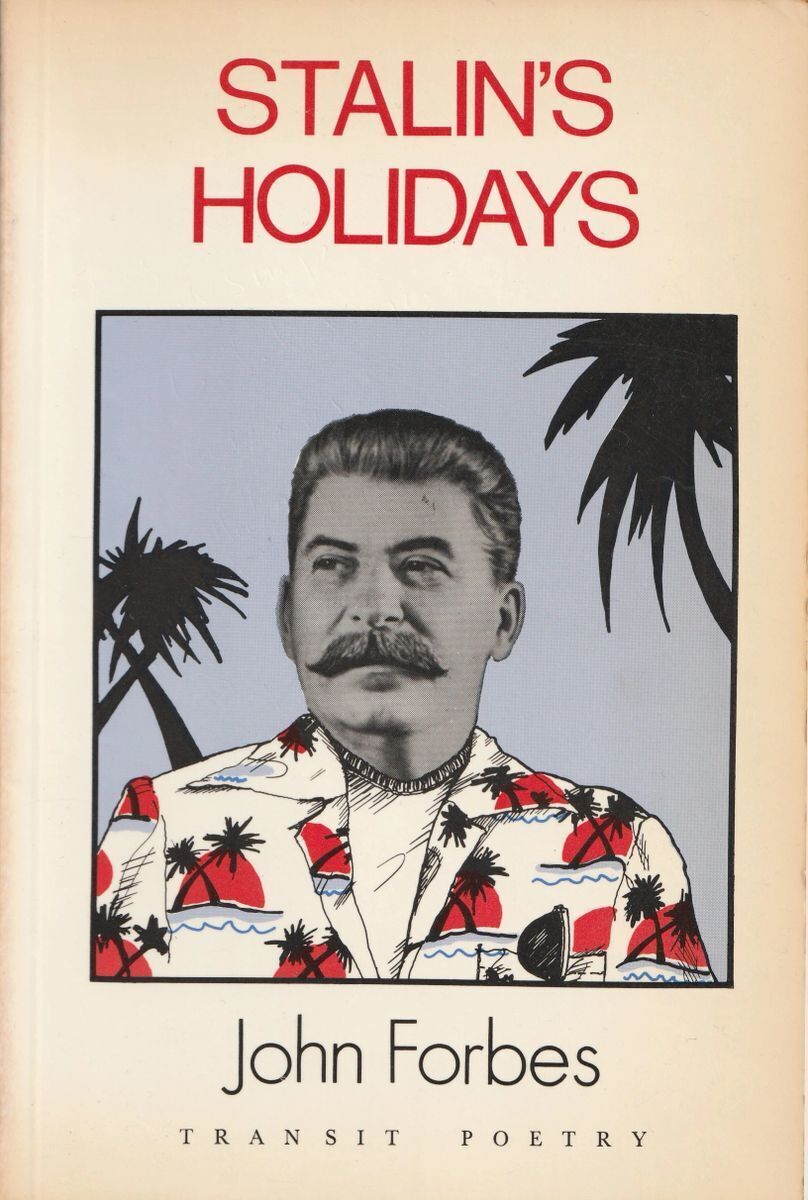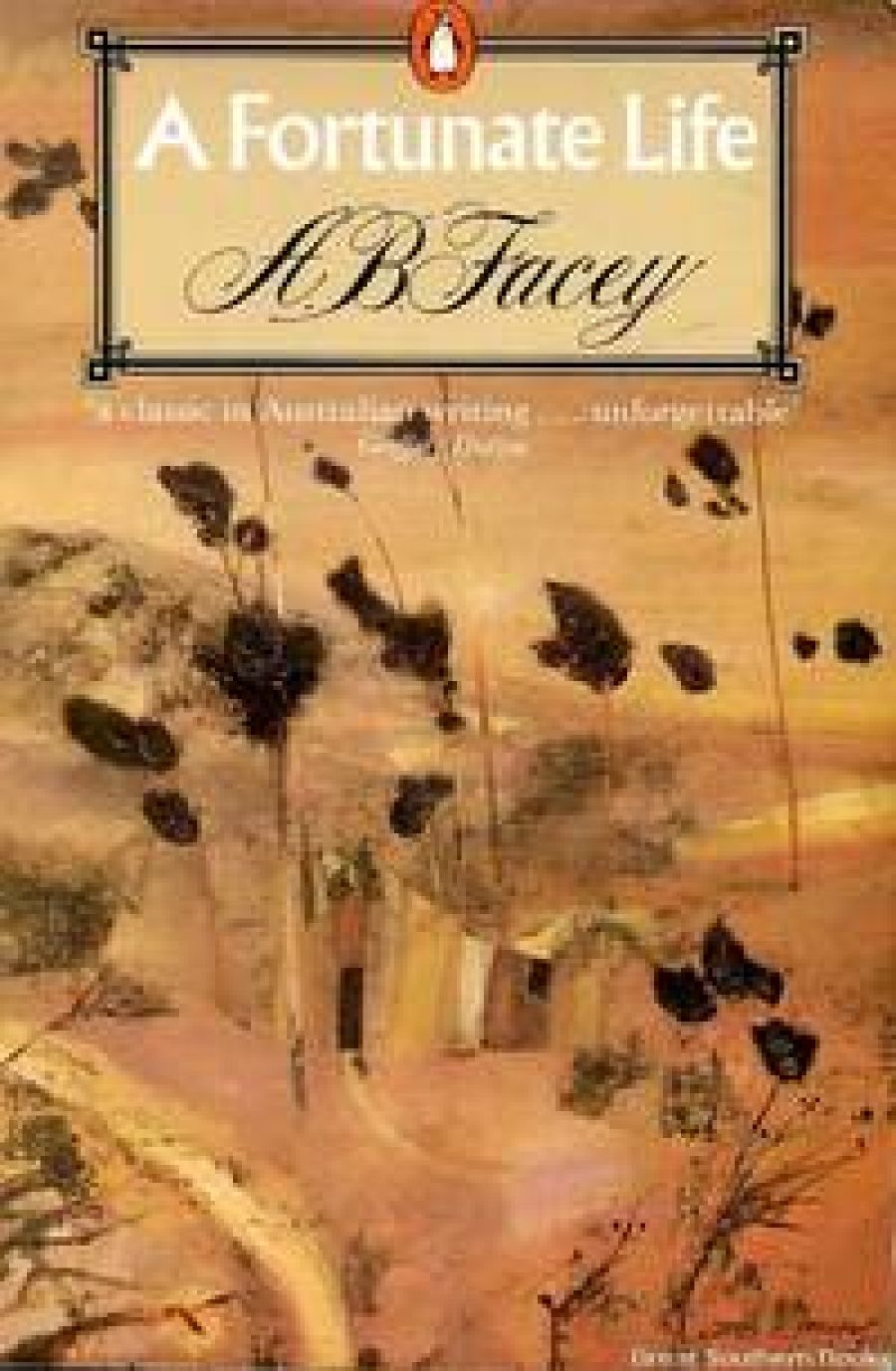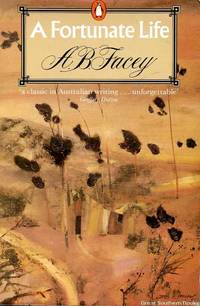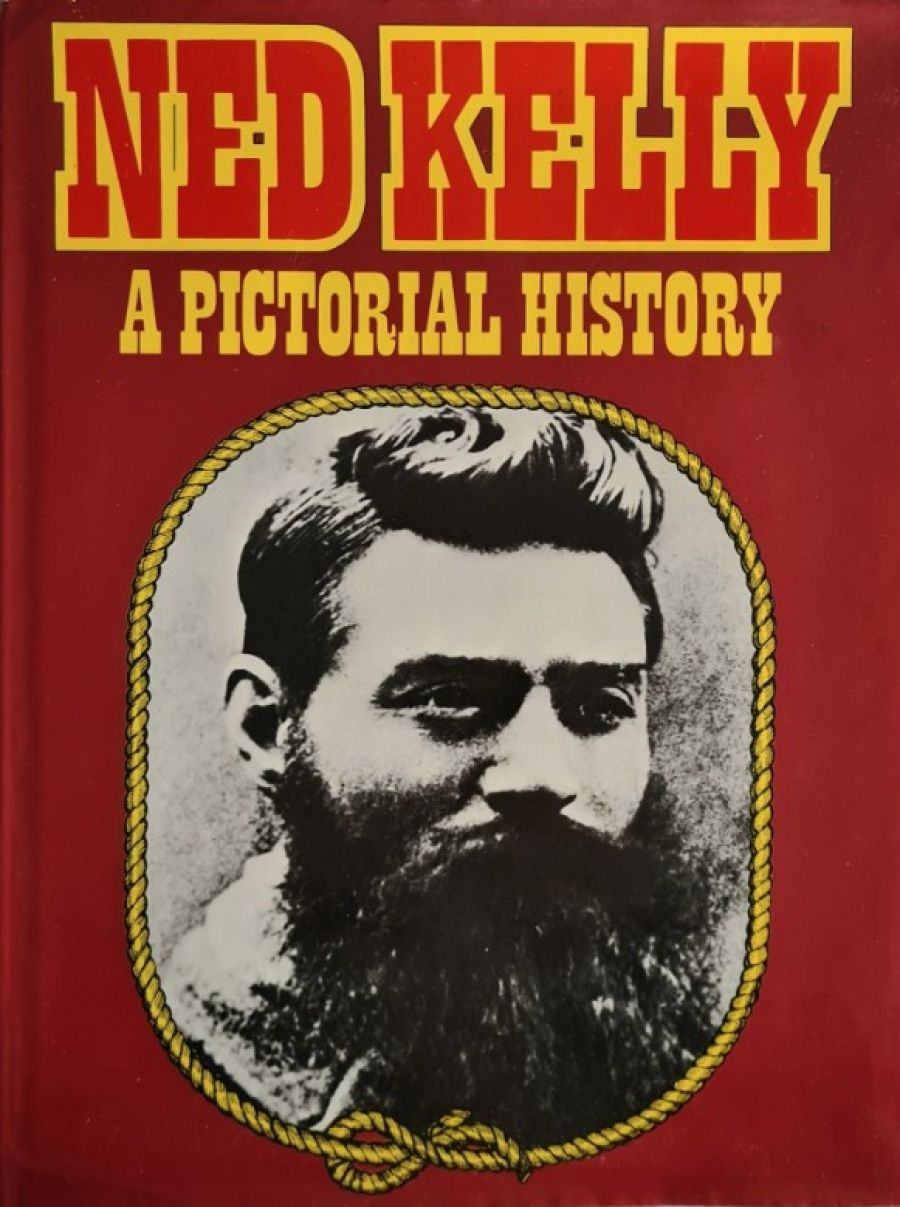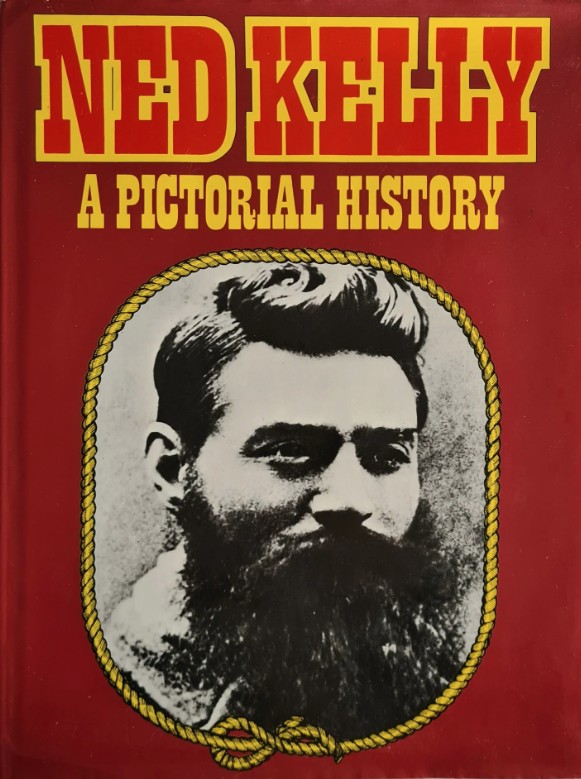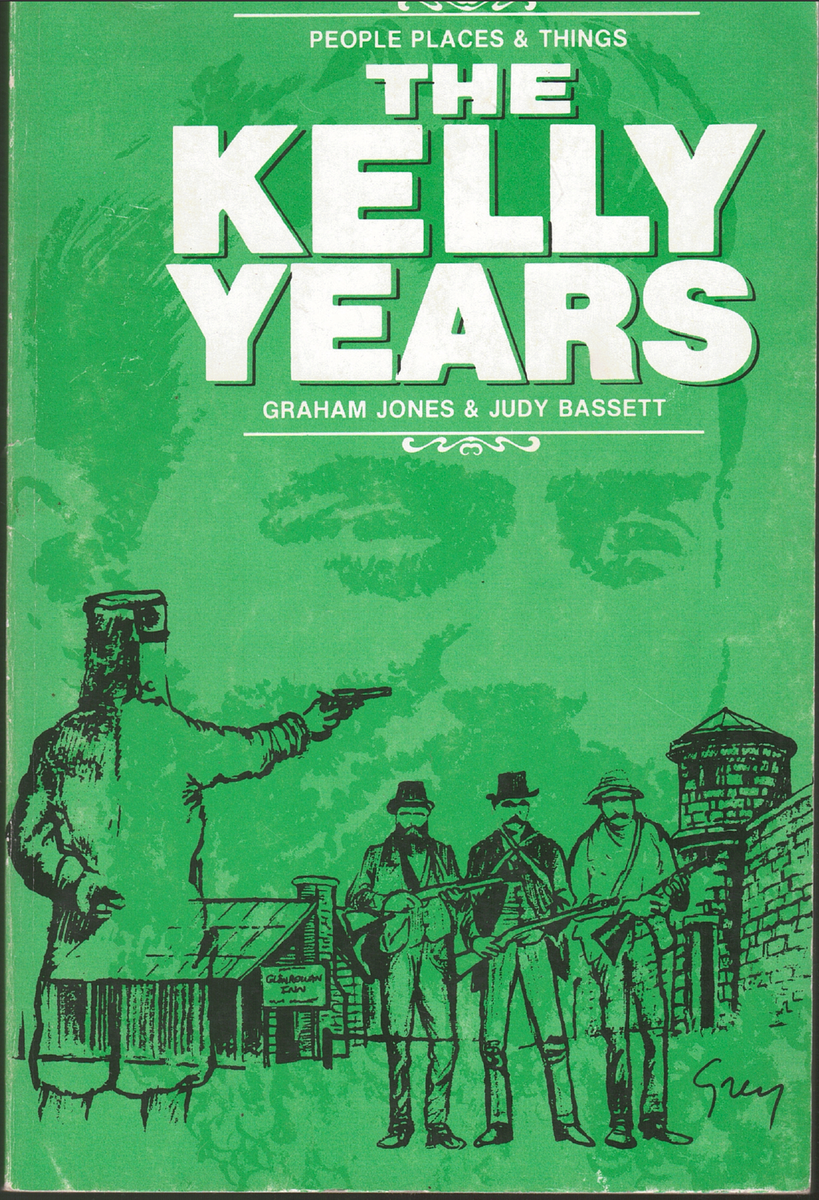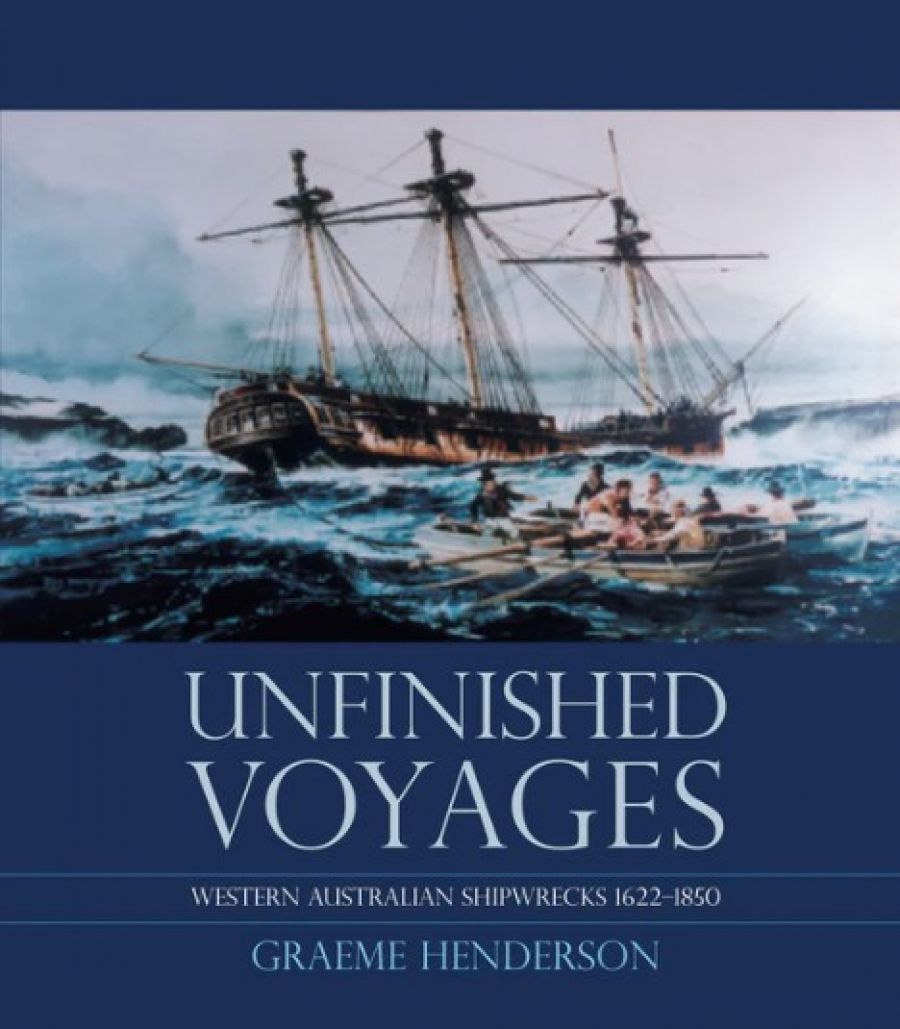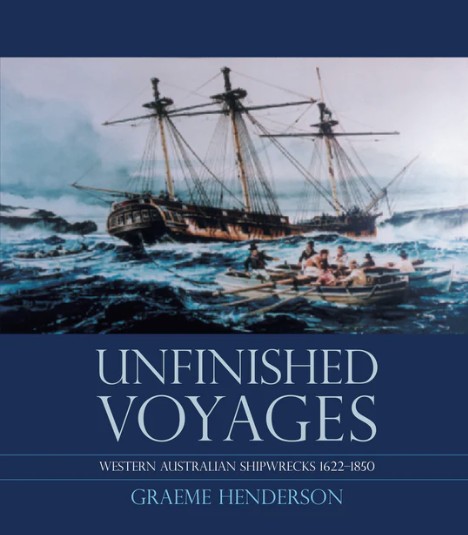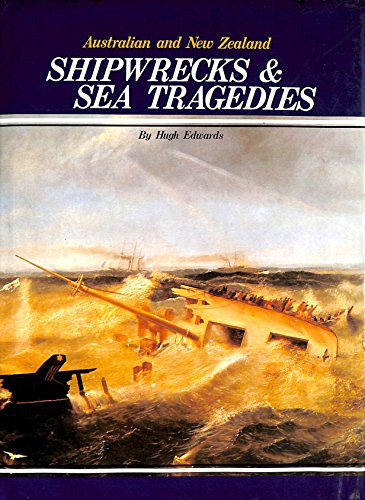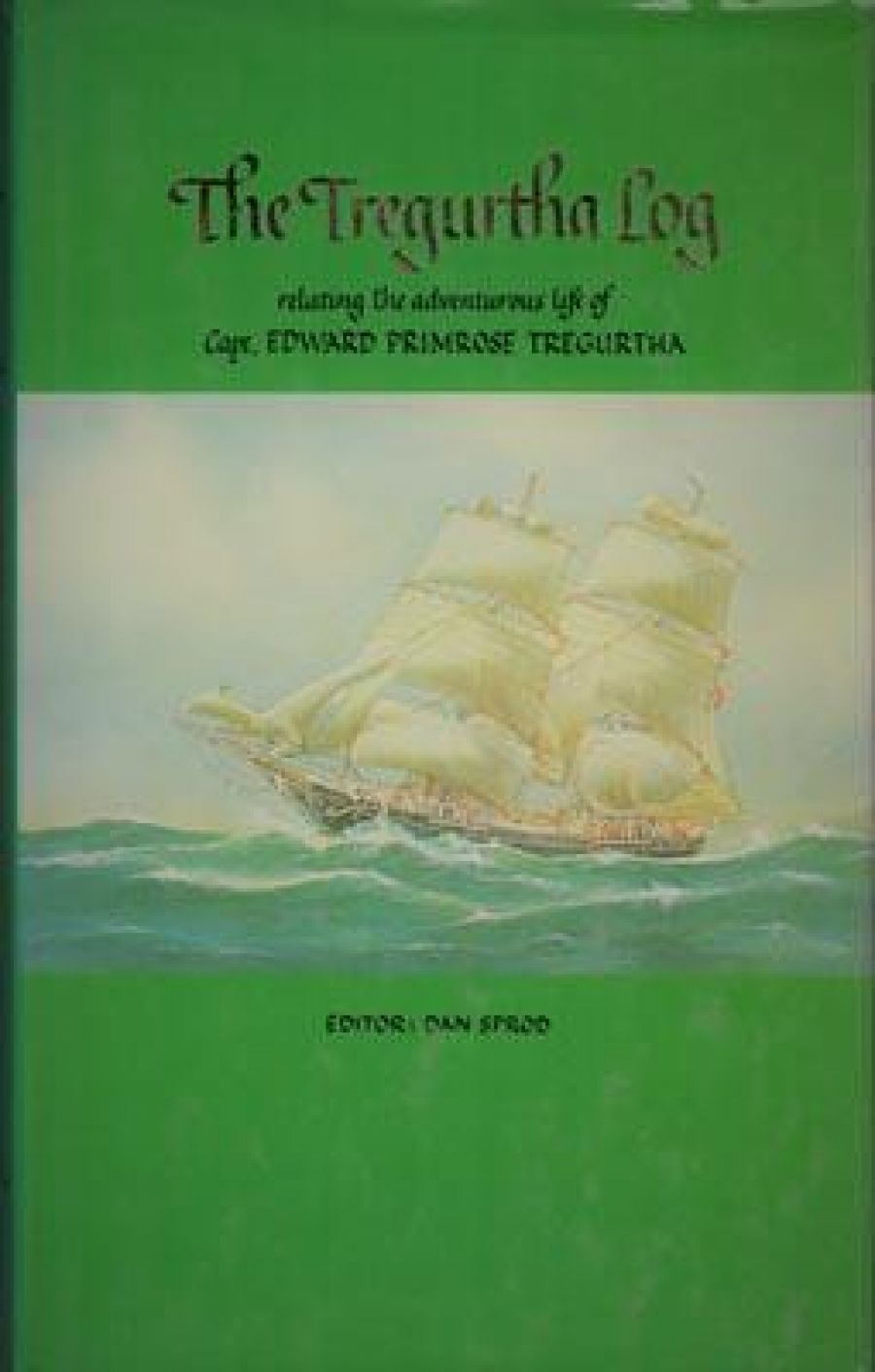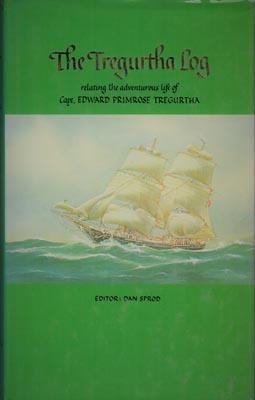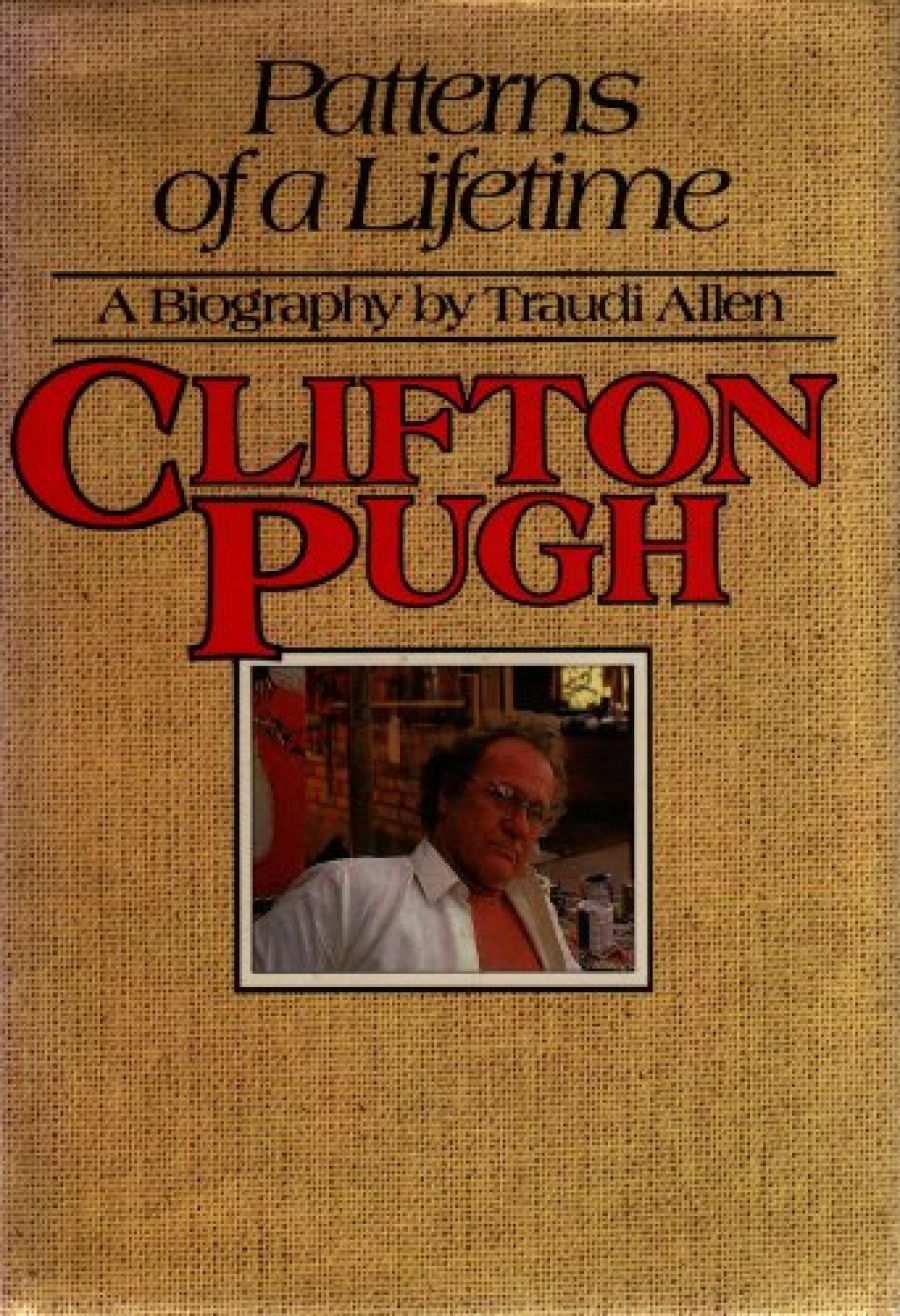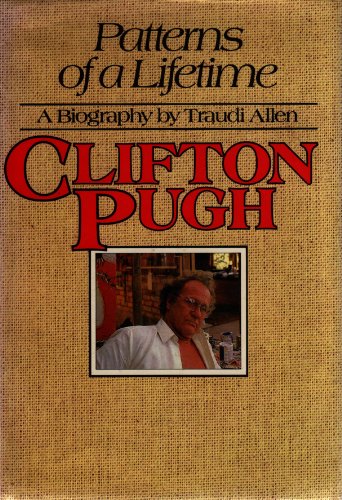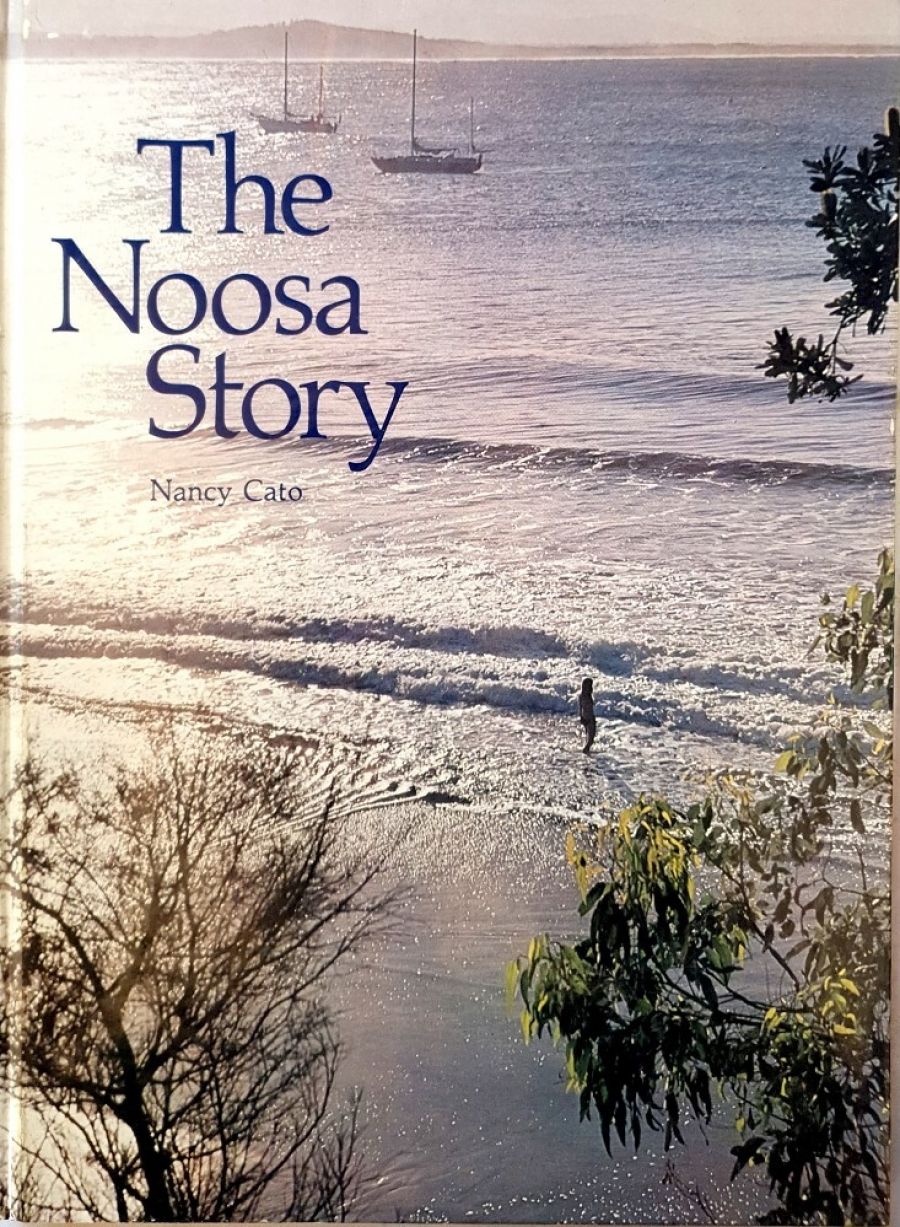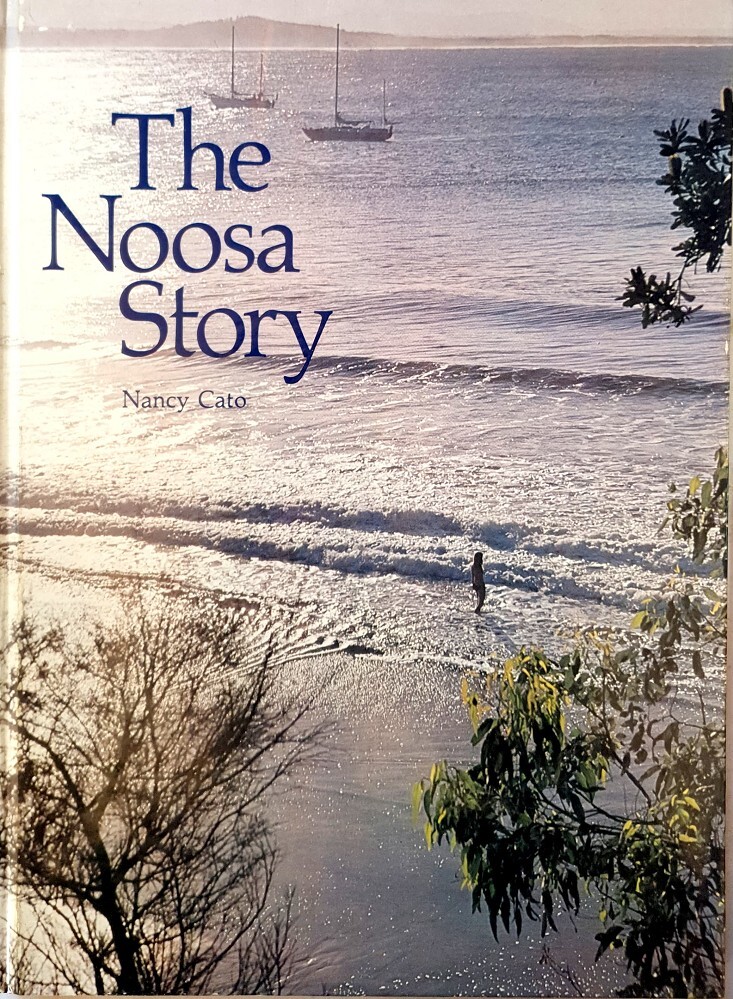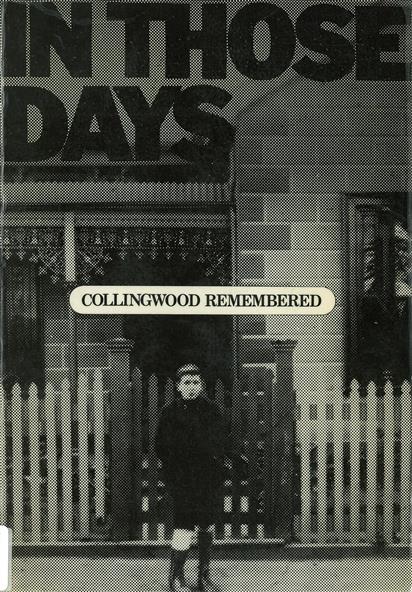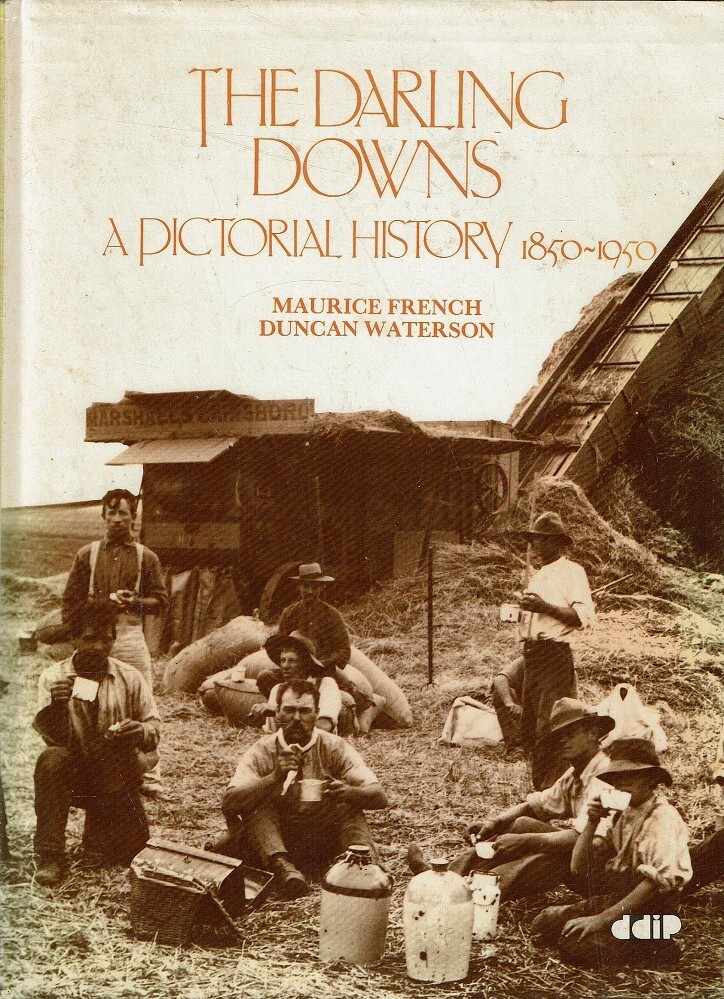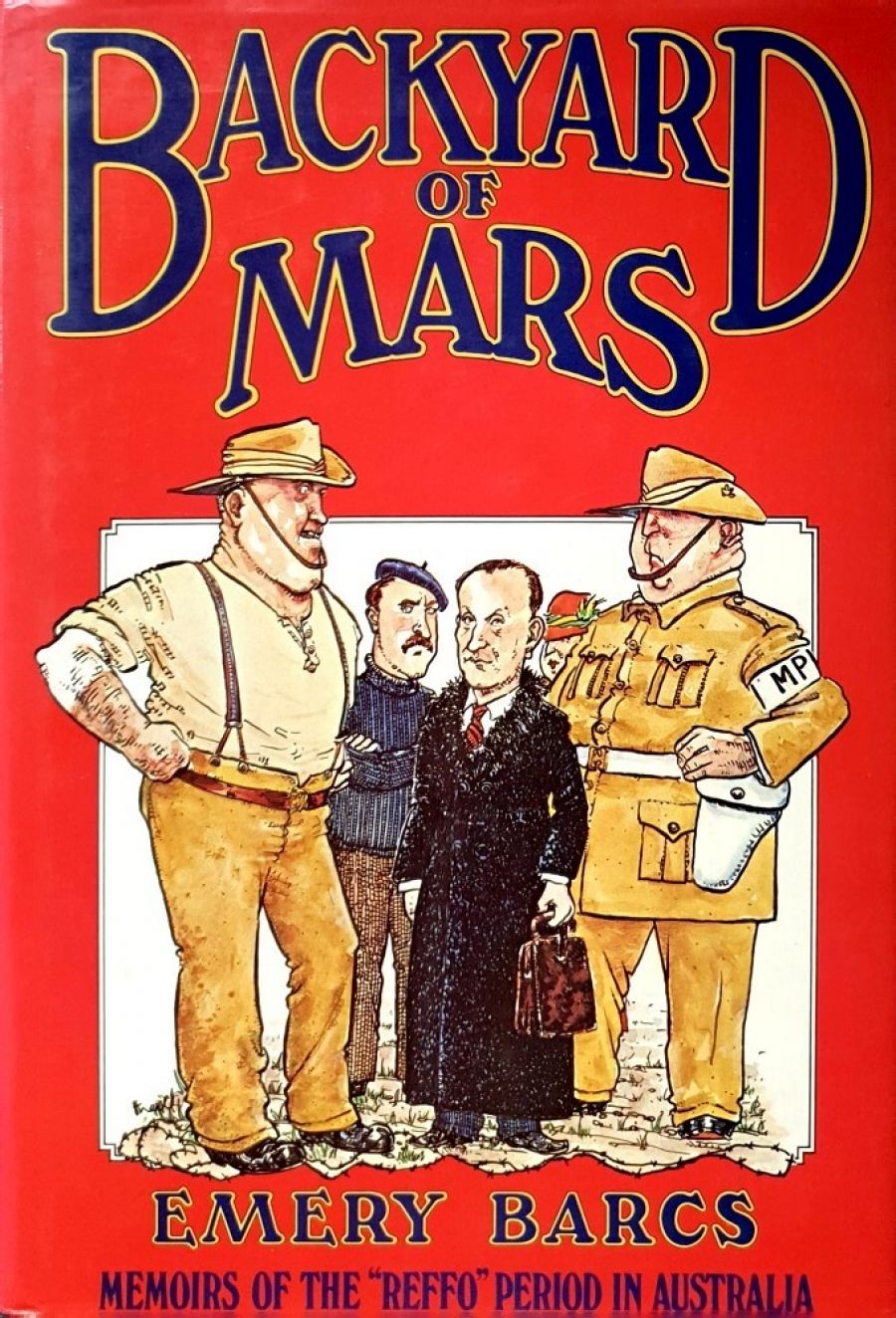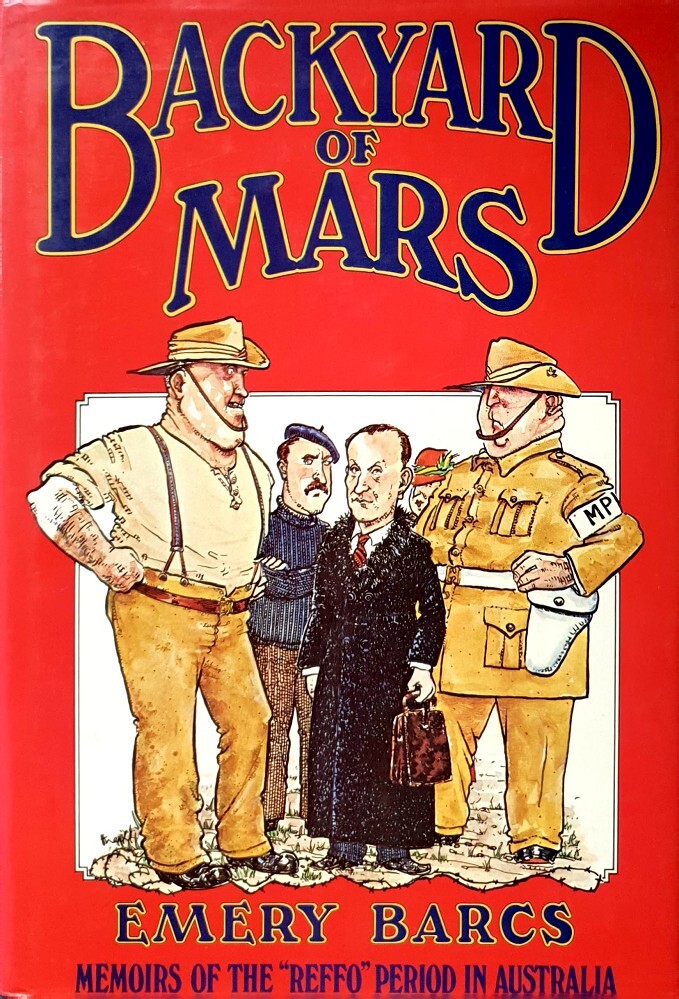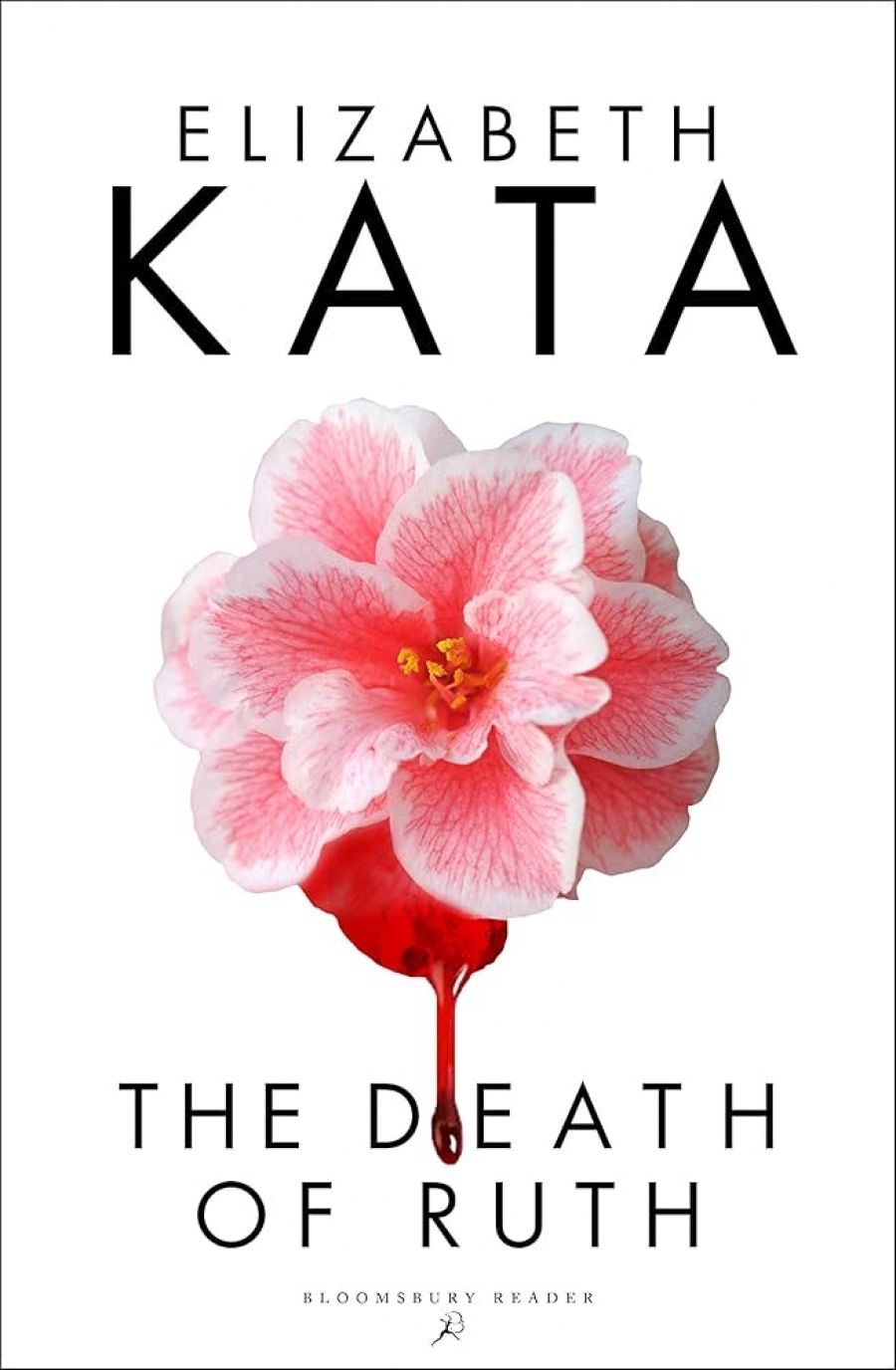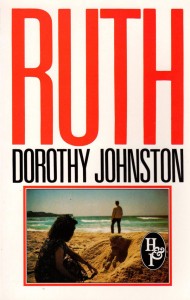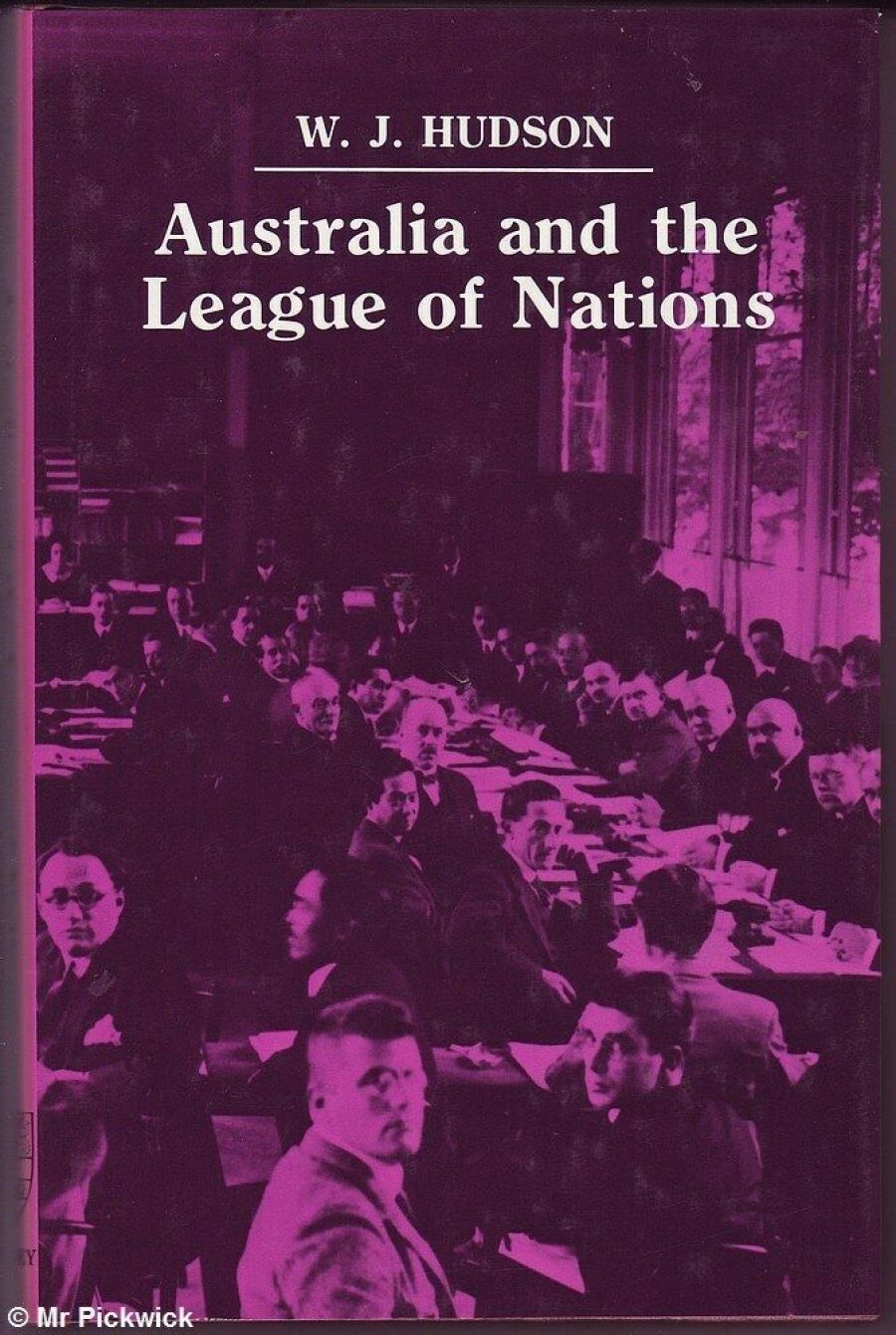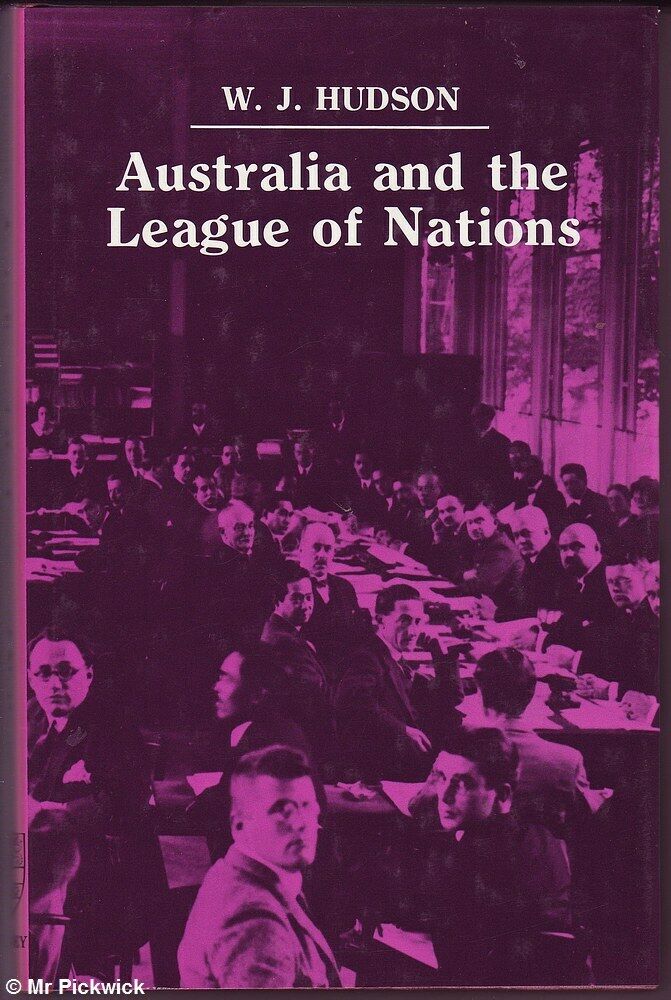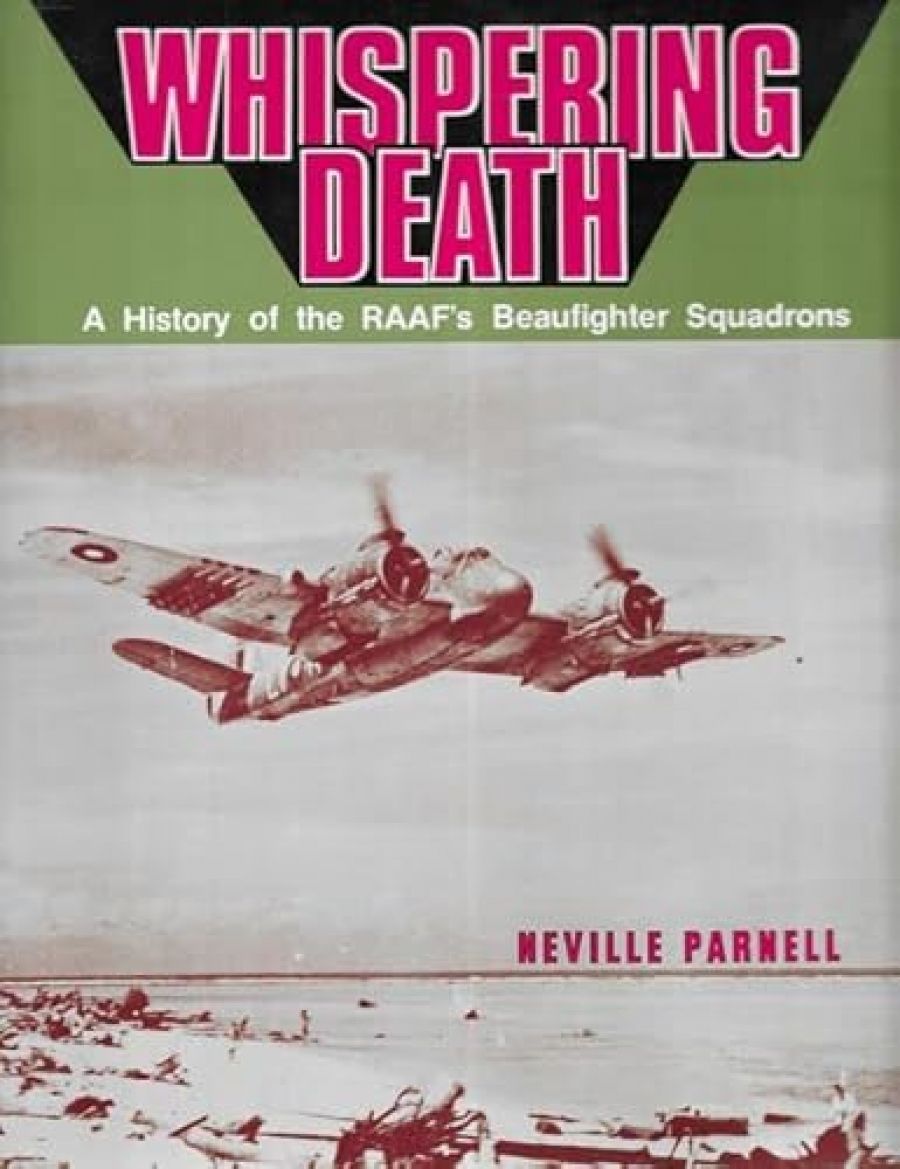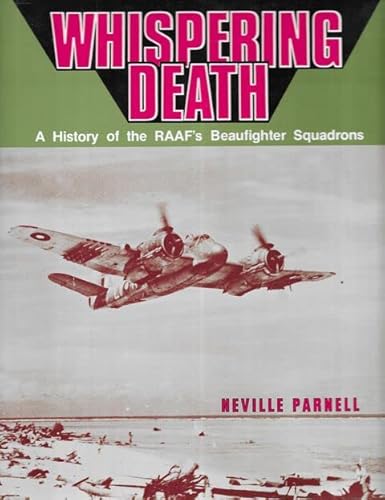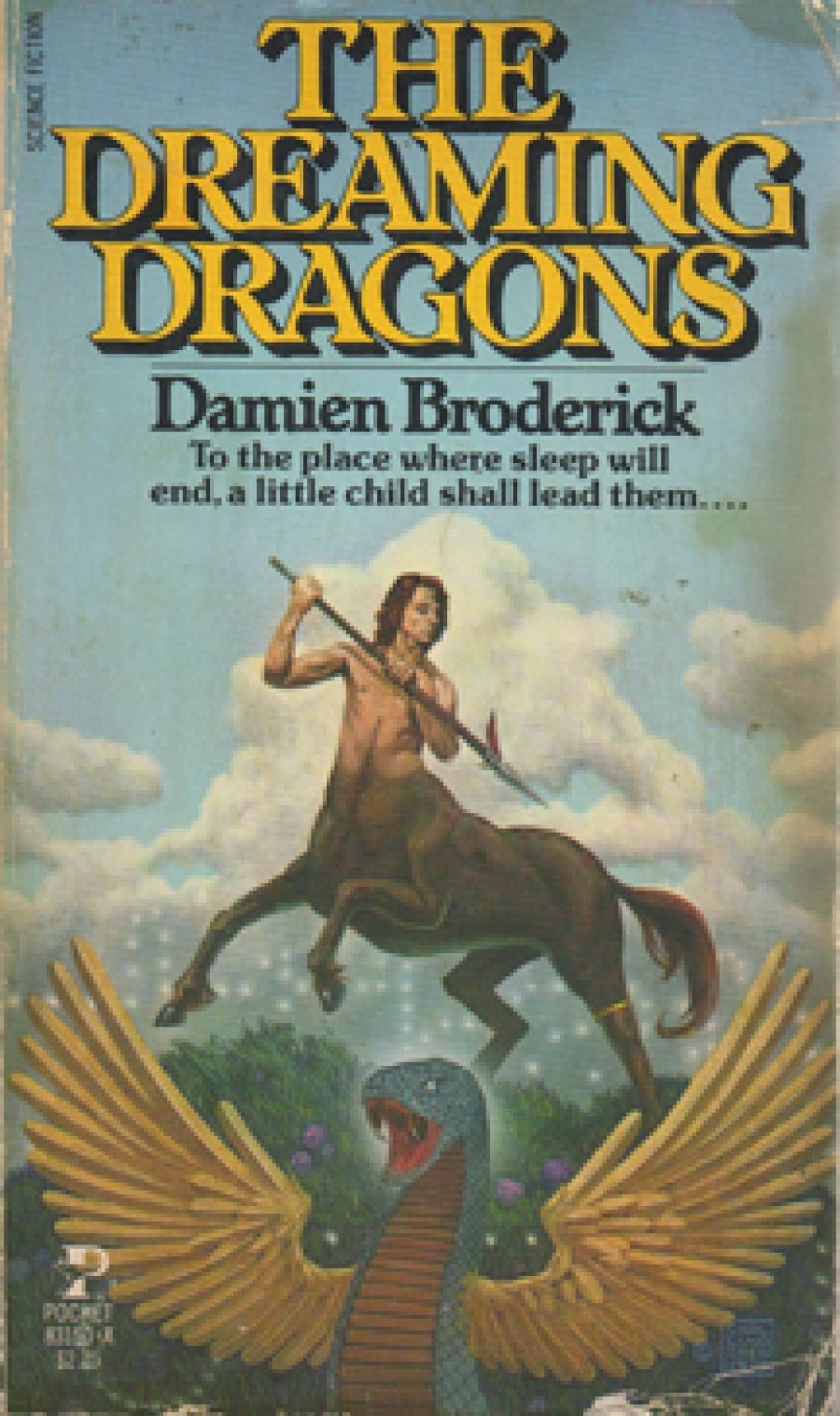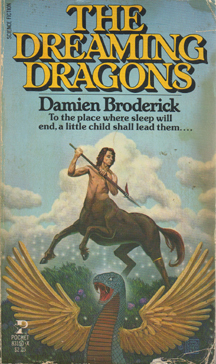Fine Wines from the Desert
Mildara, the first 90 years
by Syd Wells
Quartet Books, 134 p., illus., $15.00
The idea of publishing a history of one of our major wine companies is a very pleasant one. Written by one of Mildara’s long time staffers, this book is not perhaps a model of what such a history could be. It is dominated by statistics, documented details and managerial reports, and commercial decisions. What is missing for the wine lover is the wine itself, those wonderful sherries, for instance, or the white label Coonawarra reds with their justifiably high reputation. Inevitably, there is a certain ‘house’ history feel about it, but the story of the company’s expansion despite many vicissitudes is still a fascinating one.
The Mills Brothers of Port Fairy
by Alan Broughton
Published by the author, 59 Martin St., Thornbury, 45p., $3.50
The Mills Brothers of Port Fairy by Alan Broughton is a highly readable pamphlet history of a pioneering family of southwestern Victoria. John and Charles Mills came first as seal hunters, returned as whalers then settled in Port Fairy, John as a captain of trading ships and harbourmaster, Charles as a farmer. As their historian says, ‘they were well-known and respected in Western Victoria, but they were not famous’. We follow the Mills brothers through the perils of the sea and the struggles of early settlement, but Alan Broughton does not allow us to forget the Aboriginal people whom white settlement dispossessed and the convicts it degraded. This little history would be first-class for secondary school students, as well as for the local history enthusiast.
Berwick, Some Aspects
by John C. Wells
Shillington, illus., 63 p., $4.80
Berwick, Some Aspects is a guide to the historical buildings of the Victorian town of Berwick, with a splendid text by John Wells and charming illustrations by Maggie Mackie. For those who know and love this strangely ‘English’ part of the world, this book will provide much pleasure. For others, it may tempt them to visit Berwick before it is swallowed up entirely by the Melbourne sprawl.
Coastal Towns of New South Wales and Norfolk Island
by Cedric Emanuel
Cassell, illus., 90p., $10.95
In Coastal Towns of New South Wales and Norfolk Island the popular artist Cedric Emanuel pays his homage to some of the most beautiful places in Australia. His black and white drawings capture details and aspects of historical buildings and relics that the camera often fails to record, which will be much appreciated by future students of architecture and history. Moreover, the historical relic is preserved in these delightful drawings with a quiet timelessness. For any fan of things east of the Great Divide and of architectural drawing, this would make an excellent present.
Trees
by Eleanor Stodart
Angus & Robertson, illus., 30p., $4.95
Rain
by Dorothy Rogers
Angus & Robertson, illus., 30p., $4.95
These two books belong to the Young Nature Series and are intended for the very young. They contain black and white and colour photographs. The informative texts genuinely seek to impart knowledge in a simple and direct manner without being condescending or resorting to baby talk. Useful additions to any primary school library.
Growing Orchids Cymbidiums and Slippers
by J.N. Rentoul
Lothian, index, illus., 170p., $14.95
This is a full and comprehensive treatise on the art of growing Cymbidium and Slipper orchids. A later book will cover other orchid families. Every aspect of the subject is included from hot house construction to countries of origin. There are plenty of black and white photographs and more important (and essential in a book of this sort), a generous collection of excellent colour photographs. The whole study of orchids takes on a rather nightmarish quality when one comes to the question of hybrids – over 100,000 altogether, many of them no longer in cultivation. As the author points out in his introduction, it’s enough to ‘drive the botanists mad’!
Grow Natives: Creating an Australian Bush Garden
by Bill Molyneux
Anne O’Donovan, index, illus., 154 p., $6.95
The popularity of bush gardens seems to increase at the same pace as our national consciousness. It’s all a part of our own cultural (or should it be horticultural?) revolution. This again is a very comprehensive publication with a good collection of diagrams and black and white and colour photographs. Unfortunately the constant use of botanical names in preference to common names makes it a little heavy going. For instance we read of ‘Stands of Acacia prominens’ rather than Golden Rain Wattle. This apart, the book would seem to be an invaluable aid to anyone wishing to establish his own Australian Bush Garden.
Trees and Shrubs for Australian Gardens
by Timothy and Elizabeth Hall
Pan, 203 p
The botanical names of flowers and trees (as opposed to their common names) seem to speak a language of their own. It somehow comes across in the pronunciation. Consider for instance the plaintive, childlike murmur of Prunus mume; the swaggering braggadocio of Betula pendula; or the rasping command of Backhousia citriodora! George Orwell once complained of the disappearance of the common names of plants, preferring the English snapdragon to the Greek Antirrhinum. No need to worry about botanical names in this catalogue: all the main entries are given under the common names of the plants.
Dingo Boy
by Michael Dugan
Puffin, 66p., $2.50
On its first appearance, Margaret Dunkle (ABR, no. 26) [link to article] called this book for young people ‘a fine, sensitive story, told with a taut economy that compels belief’.
A Log of Great Australian Ships
by Graeme Andrews
Reed, index, biblio., illus., 160 p., $18.95
An encyclopaedia of over one hundred and fifty famous Australian ships, set out in alphabetical order for easy reference, and each page carrying one ship, so to speak, for convenience. Although based entirely upon the author’s selection the ‘log’ still manages to cover a large array of craft. A handsomely bound book from one ship lover to other ship lovers.
Redgums & Paddlewheels: Australia’s Inland River Trade
by Peter J. Phillips
Greenhouse, biblio., illus., 165 p.
An impressively presented book on the history of Australia’s inland river trade, related as a long story rather than as an historical chronicle. Prolifically illustrated with some ancient and many rare photographs, and well stored with readable information researched to great detail, this book is of the kind to suitably grace any coffee table or armchair. Of great value to those who are already interested in the subject.
The Monopoly Book
by Maxine Brady
Pan, 153 p., $, First published 1978.
Designed as much for the ‘Once-a-blue-mooner’ as for the ‘aficionado’, this illustrated book outlines the history and development of the game, the different possible roles of players, strategies and tactics, fine and broad rules and even gives an indispensible epilogue on ‘How To Deal With Tantrums’. Certainly a book that can not only help finish the game, (yes, it can be done) and not only help win it, but add well deserved interest to it as well. Effectively dispenses with all allegations of kinship between the words ‘monotony’ and ‘monopoly’.
The Vanguard Sleeps in (A War Novel)
by Les Wicks
Glandular Press., illus., 37 p., $
Only as thick as the magazine you’re reading now, this book’s main concern is for people on the periphery of society. Snatches at and glimpses of people run all through the book in poetry, poetic prose and story form. Very few of the stories or ‘portraits’ go for more than a page, yet within their particular spaces can cover substantial human experience and provide alluring reading. Quick to read but long to ponder.
Science Fiction Trilogy
by Martin Reece
Darling Downs Institute Press., illus., 45 p.
Science Fiction Trilogy belongs to a project for publishing ‘Books for kids by kids’. Its dates reveal that Martin Reece was twelve or less when he wrote these three stories.
The first is a ‘space war’, which would certainly not be recommended ‘for kids’ if an adult wrote it; the characters may be only humanoid, but they die too often and too suddenly. They splatter or char or get split in two, and ‘stain the metallic floor a sickening red’. Meanwhile, 81st century technology mingles oddly with devices already being superseded now; for example, a lock which falls with a clang when blasted off the door.
Nevertheless, Martin Reece plots coherently and displays both wit and imaginative technique. Thus, in a story combining a post-holocaust world and a time-travel paradox, he switches to a computer’s record during the narrator’s fist-fights. And his robot’s ‘autobiography’ quotes once from ‘a 53rd century poet by the name of Quell’.
It is a pity that, either through editorial inefficiency or unstated policy, the book’s spelling is sometimes ‘catoclismic’ - a ‘catastrophy’.
RE-ISSUES
[missing contributors]
Tiburon
by Kylie Tennant
Angus & Robertson, Sirius, 413 p., $7.95 pb
The first reprinting since 1972 of Kylie Tennant’s first novel. First published in The Bulletin in 1935 when it won the S.H. Prior Memorial Prize, this vivid account of the life of the poor and unemployed fringe-dwellers of an Australian country town is one of our most important novels of the Depression.
Foveaux
by Kylie Tennant
Angus & Robertson, Sirius, 425 p., $7.95 pb
One of Tennant’s most widely praised novels, not least because of its array of memorable characters. Set in an inner-city suburb of Sydney before World War II and first published in 1939, this novel’s charm has, if anything, increased with the passage of time.
Tell Morning This
by Kylie Tennant
Angus & Robertson, Sirius, 446 p., $7.95 pb
First published in 1967 and set in Sydney. A funny and bitter novel which ironically contrasts the prostitutes of Woolloomooloo and the snobs of Bellevue Hill.
Wake in Fright
by Kenneth Cook
Angus & Robertson, Australian Classics, 143 p., $8.95 pb
A savage and sour view of the ugly side of the Australian outback. Kenneth Cook’s now famous novel of the ultimate frustration of one man’s attempt to control his own destiny was first published in 1961 and has now achieved the classic status it obviously deserves.
Dig: The Burke & Wills Saga
by Frank Clune
Angus & Robertson, Australian Classics, 182 p., $8.95 pb
Dig enjoyed wide popularity when it was first published in 1937 but has been out of print for many years. Clune adopted the mixed stance of amateur historian, novelist and schoolmaster to produce one of the first full-length accounts of Victoria’s most famous explorers and their ill-fated expedition.
The Red Chief
by Ion L. Idriess
Angus & Robertson, Australian Classics, 226 p., $8.95 pb
A story handed down from generation to generation by an aboriginal tribe of the Gunnedah district of New South Wales of a legendary young warrior, Red Kangaroo, who by his mental and physical prowess became chief of his tribe. Told with apparent reluctance in a fictionalised manner by Idriess who includes a number of photographic illustrations to lend extra authenticity to his tale.
The last few weeks have seen the re-issues in paperback of some outstanding Australian fiction. Among recent paperbacks are the following:
I Can Jump Puddles
by Alan Marshall
Longman Cheshire, 243 p., $3.95
A new ABC television series has apparently prompted the re-publication of this famous Australian classic. Alan Marshall’s story of his childhood and his overcoming a crippling disease is deservedly one of the most popular books ever published in Australia.
Homesickness
by Murray Bail
Penguin, 317 p., $4.95
Murray Bail’s brilliant novel, winner of the 1980 National Book Council Award and Co-winner of the 1980 Age Book of the Year award, is now out in paperback. Bail’s two books so far reveal him as possibly the most original and inventive fiction writer in Australia. Reviewed, ABR, October 1980 [LINK to article].
Owls Do Cry
by Janet Frame
Sun Books, 173 p., $3.95
Janet Frame is not an Australian, of course, but a New Zealander, but let’s stretch a point and acknowledge this fine, if grim, novel. Since its first publication in paperback in 1967 it has now run into six editions.
The Transit of Venus
by Shirley Hazzard
Penguin, 337 p., $4.95
Like many expatriate writers, Shirley Hazzard has suffered from undeserved neglect and only belated recognition in her country of birth. However, this original and compelling novel should send readers back to her earlier four works of fiction.
